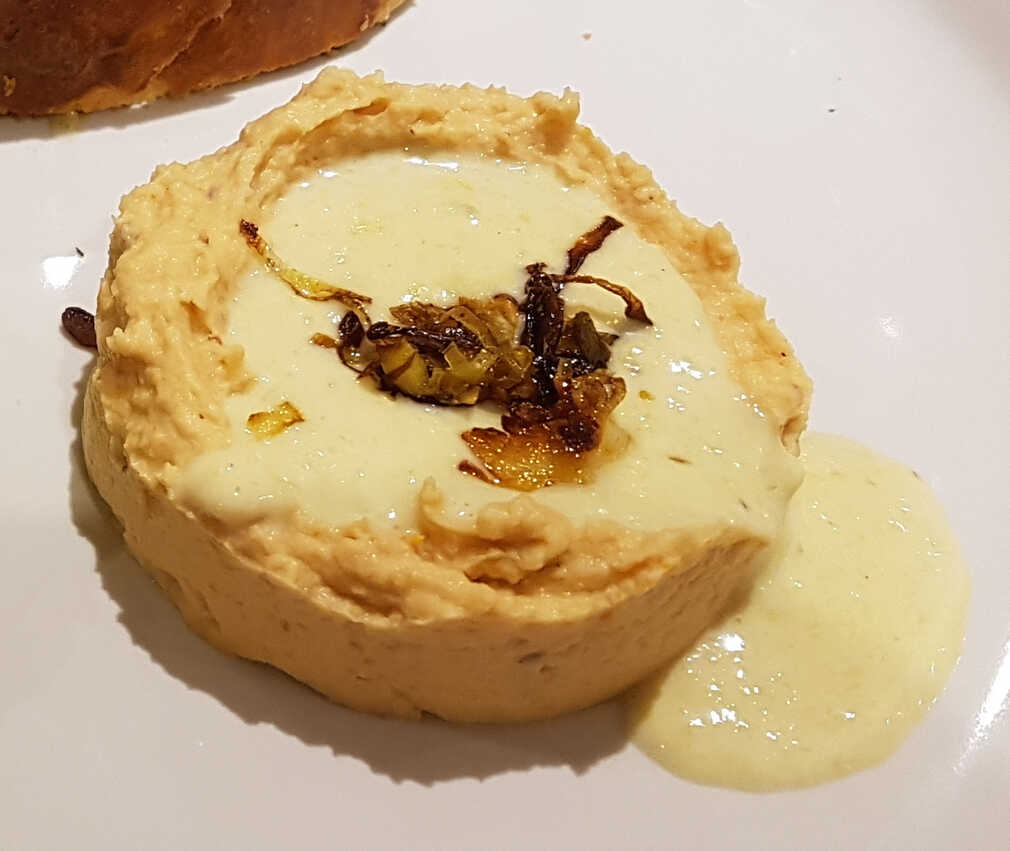
The Week After the Morning After The Week Before

And is there runny cheese still for tea?
Yes, dear reader, yes there is!
About a month later I'm finally chewing through the last of the Christmas cheeses - mostly Gorgonzola.
I rolled some into a surprisingly long puff pastry log, which I then struggled to fit into the oven.
In the end I had to slide it in at a diagonal, and keep rotating it to limit the scorching of the ends.
I combined the finished, and impressively glossy, cheese roll with some colourful celeriac and pea purées and experimented with different presentations.
What do you think?
The Tête de Moine, or Monk's Head cheese, with which I creamed some kale, was believe it or not, a post-Christmas purchase.
It's a fine-grained semi-hard Swiss cheese which coincidentally originated from Bellalay Abbey near Berne, and is usually scraped or pared for serving, rather than being cut or sliced.
In fact there's a whole device called a Girolle which is sold for scraping this conveniently cylindrical cheese into beautiful rosette-like swirls.
You can manage to produce similarly attractive curls with a regular cheese slicer, or if you are particularly skilled, a sharp knife.
So after that, it's back to my habitual weekly steak, obtained at the end of my meat walk into Brighouse.
Now serving with a fruity liquorice sauce.
Yes, dear reader, yes there is!
About a month later I'm finally chewing through the last of the Christmas cheeses - mostly Gorgonzola.
I rolled some into a surprisingly long puff pastry log, which I then struggled to fit into the oven.
In the end I had to slide it in at a diagonal, and keep rotating it to limit the scorching of the ends.
I combined the finished, and impressively glossy, cheese roll with some colourful celeriac and pea purées and experimented with different presentations.
What do you think?
The Tête de Moine, or Monk's Head cheese, with which I creamed some kale, was believe it or not, a post-Christmas purchase.
It's a fine-grained semi-hard Swiss cheese which coincidentally originated from Bellalay Abbey near Berne, and is usually scraped or pared for serving, rather than being cut or sliced.
In fact there's a whole device called a Girolle which is sold for scraping this conveniently cylindrical cheese into beautiful rosette-like swirls.
You can manage to produce similarly attractive curls with a regular cheese slicer, or if you are particularly skilled, a sharp knife.
So after that, it's back to my habitual weekly steak, obtained at the end of my meat walk into Brighouse.
Now serving with a fruity liquorice sauce.
Chestnut, Gorgonzola & Spinach en Croûte
main veg cheese
I had the last of my Christmas gorgonzola to use up, and this seemed like an ideal vehicle.
Indeed, it's not too bad - just a couple of observations:
- Firstly the filling quantity is huge - far too much for a single roll.
Probably you should halve the quantities for the same amount of pastry.
- Secondly I used about ⅔ volume of stock in the sauce, and also correspondingly less cream. It seemed to produce a reasonably flavoured sauce, which I think would have been far too dilute with the recommended stock volume.
- Although the original recipe calls for Shropshire Blue cheese I used Gorgonzola. Of course any blue cheese will be satisfactory.
- I reduced the oven temperature from Gas 7 to 6. But perhaps it should have been even lower?
- I kept back some of the sauce leeks and fried them in oil and butter until they caramelised to make a crispy topping. Which Flora described as The Spider Corpses. So maybe you shouldn't do that?
- Finally I found 200g bags of whole cooked chestnuts and puréed chestnuts at my Local Fucking Supermarket™ and that seemed like sufficient quantities.
- Good luck finding all-butter puff pastry at your Local Fucking Supermarket™.
Serves 8
Ingredients
- 50g butter
- 500g pack leeks, thickly sliced
- 3 garlic cloves, thinly sliced
- 240g bag baby spinach
- 415g can chestnut purée or 200g of whole cooked
- 3 large eggs, plus 1 for glazing
- ½ nutmeg, finely grated
- 200g pack vacuum-packed whole cooked chestnuts, halved
- 85g fresh white breadcrumbs
- 220g blue cheese, rind trimmed, diced
- 500g pack all-butter puff pastry
For the Sauce:- 500ml vegetable stock
- 2 leeks, thinly sliced
- 1 tbsp cornflour
- 300ml pot double cream
Melt the butter in a large frying pan.
Add the leeks and garlic, stir well, cover and cook for 10 mins until the leeks are soft, stirring a few times to check that they don’t catch.
Tip into a large bowl.
Put the spinach in the pan and allow it to wilt. Leave to cool and, when cold, squeeze out as much liquid from it as you possibly can.
Tip the chestnut purée into the bowl with the leeks and add the 3 eggs, the nutmeg, chestnuts, spinach, breadcrumbs, cheese and seasoning, and stir until well mixed.
Chill for at least 1 hr until the mixture firms up.
Heat oven to 180°C/Gas Mark 6.
On a lightly floured work surface, roll out the pastry to a rectangle large enough to completely enclose the filling.
Carefully lift onto a large, long baking tray that has been lined with baking parchment, then brush round all the edges of the pastry with the remaining egg.
Spoon the filling down the centre of the length of the pastry, leaving the ends clear.
Tuck the ends over the filling, then firmly lift up the sides to wrap them round, trimming away any excess pastry as you go.
Brush with more egg to glaze, then make a few holes in the top so steam can escape as it cooks.
Bake for 40 mins until golden and the filling is firm. Remove from the oven, brush with more glaze and then bake for 10 mins more.
To make the sauce, heat the stock in a medium pan, add the leeks, boil for 5 mins, then take off the heat and scoop out 2 tbsp of the leeks.
Pour in the cream and reserved leeks and warm through.
Can be made 2 days ahead and chilled. Serve the pastry in thick slices with the sauce.
Add the leeks and garlic, stir well, cover and cook for 10 mins until the leeks are soft, stirring a few times to check that they don’t catch.
Tip into a large bowl.
Put the spinach in the pan and allow it to wilt. Leave to cool and, when cold, squeeze out as much liquid from it as you possibly can.
Tip the chestnut purée into the bowl with the leeks and add the 3 eggs, the nutmeg, chestnuts, spinach, breadcrumbs, cheese and seasoning, and stir until well mixed.
Chill for at least 1 hr until the mixture firms up.
Heat oven to 180°C/Gas Mark 6.
On a lightly floured work surface, roll out the pastry to a rectangle large enough to completely enclose the filling.
Carefully lift onto a large, long baking tray that has been lined with baking parchment, then brush round all the edges of the pastry with the remaining egg.
Spoon the filling down the centre of the length of the pastry, leaving the ends clear.
Tuck the ends over the filling, then firmly lift up the sides to wrap them round, trimming away any excess pastry as you go.
Brush with more egg to glaze, then make a few holes in the top so steam can escape as it cooks.
Bake for 40 mins until golden and the filling is firm. Remove from the oven, brush with more glaze and then bake for 10 mins more.
To make the sauce, heat the stock in a medium pan, add the leeks, boil for 5 mins, then take off the heat and scoop out 2 tbsp of the leeks.
Pour in the cream and reserved leeks and warm through.
Can be made 2 days ahead and chilled. Serve the pastry in thick slices with the sauce.
It's pretty decent, if you can fit the roll in your oven!
Mine was a bit soggy inside, if I'm honest, so perhaps cooking for longer at an even lower temperature might help.
Celeriac and Sun-Dried Tomato Purée
side veg
I really wanted a pink purée to suit my meal plan's colour scheme.
This seemed like it would work, and the flavours are quite complementary too.
Bonus!
It's the celeriac and the sun-dried tomatoes which are puréed by the way, not just the tomatoes. To clear up any confusion 😉
This seemed like it would work, and the flavours are quite complementary too.
Bonus!
It's the celeriac and the sun-dried tomatoes which are puréed by the way, not just the tomatoes. To clear up any confusion 😉
Ingredients
- celeriac
- sun-dried tomato
- large knob of butter
- cream
- splash stock optional
Peel the celeriac and chop into chunks.
Simmer in salted water until soft and drain.
Blend together with a knob of butter and as many sun-dried tomato pieces as you need to get the colour or taste you require.
Lubricate and thin with cream or stock as needed.
Season and serve.
Simmer in salted water until soft and drain.
Blend together with a knob of butter and as many sun-dried tomato pieces as you need to get the colour or taste you require.
Lubricate and thin with cream or stock as needed.
Season and serve.
Pretty and tasty!
Red Wine, Redcurrant and Liquorice Steak Sauce
meat sauce
A rather thick and delicious alternative to McPhail's steak sauce,
and another step taken in my crusade to combine liquorice with everything.
The fruit jelly is optional.
The fruit jelly is optional.
Serves 1 Steak
Ingredients
- butter
- garlic
- red wine
- herbs - rosemary and thyme
- redcurrant or rowan jelly
- liquorice pellets
After you've fried your steak, add a large knob of butter and some garlic and herbs to the pan, if you didn't already.
Add shallots too, if you like.
Fry until the garlic becomes to colour, then de-glaze with red wine.
Add stock and redcurrant or rowan jelly if you like and bubble to reduce and thicken.
Grind liquorice pellets to a powder in a mortar and mix through the sauce to taste.
Season, strain, and serve with the steak.
Add shallots too, if you like.
Fry until the garlic becomes to colour, then de-glaze with red wine.
Add stock and redcurrant or rowan jelly if you like and bubble to reduce and thicken.
Grind liquorice pellets to a powder in a mortar and mix through the sauce to taste.
Season, strain, and serve with the steak.
Strange, but tasty.
If you like liquorice.
If you like liquorice.
Kale with Tête de Moine and Lemon Cream Sauce
veg side cheese
You'll need a generous amount of kale - it will disappear almost like spinach in this recipe.
You'll want to use a melty cheese. I liked the tète de moine, but any hard melty cheese like gruyère, emmental, or even parmesan would work well.
You can make a decorative rose out of a Tête de Moine by shaving thin slices from the around the centre of the cheese wheel with a specialist Girolle.
Or a coarse approximation using a potato peeler or a cheese slicer.
You'll want to use a melty cheese. I liked the tète de moine, but any hard melty cheese like gruyère, emmental, or even parmesan would work well.
You can make a decorative rose out of a Tête de Moine by shaving thin slices from the around the centre of the cheese wheel with a specialist Girolle.
Or a coarse approximation using a potato peeler or a cheese slicer.
Serves 4
Ingredients
- 10 oz kale leaves
- 1-2 garlic cloves, sliced or minced
- large knob of butter
- 4 tblsps double cream
- stock optional
- ¼ cup Tête de Moine or similar cheese, grated
- juice of 1 lemon
Cut away the stalks from the kale, wash and drain them and roughly tear or chop.
Mix the lemon juice with about an equal quantity of the cream.
Heat a large knob of butter or a splash of olive oil in a saucepan or skillet and sweat the kale until it begins to collapse, but still retains its vibrant green colour. Add sliced garlic and sweat until fragrant.
Season if required and serve.
Mix the lemon juice with about an equal quantity of the cream.
Heat a large knob of butter or a splash of olive oil in a saucepan or skillet and sweat the kale until it begins to collapse, but still retains its vibrant green colour. Add sliced garlic and sweat until fragrant.
You can add some stock to deepen the flavour if you like,
cook most of it off before continuing.
Add some cream, bubble and then add grated cheese and stir until it thickens and all melts together.
Off the heat stir in the cream and lemon juice mixture.Season if required and serve.
Very good. If a bit watery.
The Morning After The Week Before

Today I will be mostly eating cheese. And brussels sprouts.
And catching up with the cooking and eating I've been doing over the last few weeks.
Vacherin Mont d'Or is a winter cheese made on the French/Swiss border using milk from the same cows responsible for Comté. They come down from the mountains when the season turns cold and their milk is too meagre and too fatty to make the summer cheese.
It's delicious baked in its spruce-bark box and scooped out with sourdough soldiers.
Like Époisse it also pairs surprisingly well with a Tamarillo Salsa.
The delightful snowy scene on the river Wharfe above comes courtesy of Otley's Traditionale Victoriane Fayre
- well worth a visit on the first Sunday in December.
So a bit of a wait now then.
In the meantime - have some more local wintry scenes...
So a bit of a wait now then.
In the meantime - have some more local wintry scenes...
King Oyster Mushrooms with Cream Cheese and Bacon
meat starter side cheese
Making my annual Advent tom khaa kai I came across King Oyster mushrooms in the Chinese supermarket.
Some of them went into the soup, and the others went into some bacon.
You could probably use some other kind of fat mushroom, but it will have to be substantial enough to wrap bacon around.
About 2 per mushroom.
Some of them went into the soup, and the others went into some bacon.
You could probably use some other kind of fat mushroom, but it will have to be substantial enough to wrap bacon around.
About 2 per mushroom.
Ingredients
- king oyster mushrooms or similar
- bacon slices
- Boursin
- olive oil for drizzling
Optional extras:- garlic
- butter
Mash up a garlic clove with some butter if you fancy some extra flavour.
Drag the blade of a knife along the length of the bacon slices to stretch them out a little.
Slice the fat mushrooms in half lengthwise, and cut or scoop out a groove the length of the insides.
Fill the grooves with Boursin.
Smear the cut surfaces with garlic butter if you're using it.
Press the mushroom halves back together and wind bacon slices around each mushroom starting from the bottom of the stalk, until it's completely wrapped, possibly excepting the head. Pin the bacon in place with a cocktail stick right through the mushroom.
Place in a small oven dish and drizzle with olive oil and a dab of garlic butter, if using. Throw in any of the mushroom cuttings too - waste not want not!
Roast at Gas Mark 4-5 for about 20-30 minutes until the bacon is starting to crisp at the edges and the mushrooms are cooked through.
Remove the cocktail sticks and serve the mushrooms dressed with all their lovely juices.
Perhaps with a few green vegetables. Maybe some broccoli.
Drag the blade of a knife along the length of the bacon slices to stretch them out a little.
Slice the fat mushrooms in half lengthwise, and cut or scoop out a groove the length of the insides.
Fill the grooves with Boursin.
Smear the cut surfaces with garlic butter if you're using it.
Press the mushroom halves back together and wind bacon slices around each mushroom starting from the bottom of the stalk, until it's completely wrapped, possibly excepting the head. Pin the bacon in place with a cocktail stick right through the mushroom.
Place in a small oven dish and drizzle with olive oil and a dab of garlic butter, if using. Throw in any of the mushroom cuttings too - waste not want not!
Roast at Gas Mark 4-5 for about 20-30 minutes until the bacon is starting to crisp at the edges and the mushrooms are cooked through.
Remove the cocktail sticks and serve the mushrooms dressed with all their lovely juices.
Perhaps with a few green vegetables. Maybe some broccoli.
Delicious!
Braised Celery with Cheese Sauce
veg side cheese
Delia's Recipe has a lot more onion than mine,
and a lot less bacon.
And I didn't bother with the egg yolks.
Or the parmesan.
Or par-boiling the celery.
But they're otherwise identical!
And I didn't bother with the egg yolks.
Or the parmesan.
Or par-boiling the celery.
But they're otherwise identical!
Serves 4
Ingredients
For the Celery:- 1 large or 2 small heads of celery
- 1 oz (25 g) butter
- 1 tablespoon oil
- 1 carrot, peeled and thinly sliced
- 1 onion, thinly sliced
- 6 slices of bacon, cut into fat batons an optional extra
- splash of Kümmel optional
- ½ teaspoon celery (or fennel) seeds
- Salt and freshly milled black pepper
- 150 ml stock or water
For the Sauce:- 3 oz (75 g) mature Cheddar cheese, grated
- 1 smallish onion, finely chopped or not
- about 5 fl oz (150 ml) milk
- 1 oz (25 g) butter
- ½ oz (10 g) plain flour
- 1 large egg yolk or not
- 1 tablespoon Parmesan, freshly grated other cheeses are available
Preheat the oven to gas mark 4, 350°F (180°C).
Prepare the celery by discarding any outer stalks if they are coarse and damaged.
Separate the rest of the stalks, leaving the inner ones attached to the root. Clean any dirt off under cold running water. Cut the inner stalks and their roots vertically, then cut all the stalks in half horizontally.
Blanch the celery by putting it in boiling, salted water or use stock for about 5 minutes. Drain well, reserving the cooking water.
Now, in the flameproof casserole, heat 1 oz (25 g) butter and the oil, add the prepared carrot and onion and cook for about 5 minutes. I also fried up a few slices of bacon, cut into fat lardons.
Add the drained celery and 5 fl oz (150 ml) of the cooking water or stock.
Place the casserole in the oven and bake, covered, for 30 minutes or until the celery is tender.
When ready, transfer the vegetables to a shallow ovenproof dish, using a slotted spoon.
Empty the cooking liquid from the casserole into a measuring jug and make it up to 10 fl oz (275 ml) with the milk.
To make the sauce, heat the butter in a saucepan and fry the finely chopped onion until golden (I didn't bother with extra onion), then blend in the flour and cook for a couple of minutes before adding the milk mixture a little at a time, stirring well after each addition.
Bring to simmering point, still stirring, and simmer gently for a minute or two, then remove from the heat and beat in the Cheddar cheese and egg yolk.
I didn't bother with the egg either, but I wanted to re-use the mixture in smaller re-cooked servings later and didn't want the sauce setting.
Pour the sauce over the vegetables, sprinkle on the Parmesan cheese, and bake uncovered in the oven for a further 25-30 minutes or until it's heated through and the top is starting to colour.
Prepare the celery by discarding any outer stalks if they are coarse and damaged.
Separate the rest of the stalks, leaving the inner ones attached to the root. Clean any dirt off under cold running water. Cut the inner stalks and their roots vertically, then cut all the stalks in half horizontally.
Blanch the celery by putting it in boiling, salted water or use stock for about 5 minutes. Drain well, reserving the cooking water.
Or don't bother with the blanching - I'm not sure it will make much difference since you're going to braise them in the liquid anyway.
Now, in the flameproof casserole, heat 1 oz (25 g) butter and the oil, add the prepared carrot and onion and cook for about 5 minutes. I also fried up a few slices of bacon, cut into fat lardons.
Add the drained celery and 5 fl oz (150 ml) of the cooking water or stock.
If you didn't blanch your celery, give it a good stir around in the butter for a few minutes before adding the water.
De-glaze the pot with a splash of Kümmel or some other herby liquor. If you like.
A fennel liqueur would be perfect, if you had any!
Sprinkle with the celery (or fennel) seeds and season with a little salt and black pepper.De-glaze the pot with a splash of Kümmel or some other herby liquor. If you like.
A fennel liqueur would be perfect, if you had any!
Place the casserole in the oven and bake, covered, for 30 minutes or until the celery is tender.
When ready, transfer the vegetables to a shallow ovenproof dish, using a slotted spoon.
Empty the cooking liquid from the casserole into a measuring jug and make it up to 10 fl oz (275 ml) with the milk.
To make the sauce, heat the butter in a saucepan and fry the finely chopped onion until golden (I didn't bother with extra onion), then blend in the flour and cook for a couple of minutes before adding the milk mixture a little at a time, stirring well after each addition.
Bring to simmering point, still stirring, and simmer gently for a minute or two, then remove from the heat and beat in the Cheddar cheese and egg yolk.
I didn't bother with the egg either, but I wanted to re-use the mixture in smaller re-cooked servings later and didn't want the sauce setting.
Pour the sauce over the vegetables, sprinkle on the Parmesan cheese, and bake uncovered in the oven for a further 25-30 minutes or until it's heated through and the top is starting to colour.
It's pretty good for celery, which is challenging to make tasty.
A bit on the sloppy side though - try not to have too much sauce so that it leaves plenty of the celery uncovered.
I used slices of a brie-like post-Christmas cheese instead of the parmesan. Which also worked fine.
A bit on the sloppy side though - try not to have too much sauce so that it leaves plenty of the celery uncovered.
I used slices of a brie-like post-Christmas cheese instead of the parmesan. Which also worked fine.
Shaved Brussels Sprouts Salad
veg salad cheese
When Christmas gives you Brussels...
The inspiration for this salad uses pine nuts and dried cranberries. But I didn't have those.
However I did have flaked almonds.
The inspiration for this salad uses pine nuts and dried cranberries. But I didn't have those.
However I did have flaked almonds.
Serves 4
Ingredients
- 4 cups brussels sprouts, thinly shredded
- ¼ cup lemon juice
- lemon zest
- ¼ cup olive oil
- ½ cup flaked almonds, toasted
- ½ cup pecorino cheese, finely grated
- salt & pepper
Options:- chives or parsley, minced
Trim the sprouts, then slice them very thinly on a mandoline.
Break the slices up with your hands or a fork.
Grate over lemon zest and a squeeze of lemon juice.
Dress with olive oil until glistening.
Mix through some grated pecorino.
Add chopped herbs, if using.
Heat a small frying pan and dry-fry a handful of flaked almonds and toss over the salad before serving.
Break the slices up with your hands or a fork.
Grate over lemon zest and a squeeze of lemon juice.
Dress with olive oil until glistening.
Mix through some grated pecorino.
Add chopped herbs, if using.
Heat a small frying pan and dry-fry a handful of flaked almonds and toss over the salad before serving.
Pretty good brussels!
Beetroot and Cider Soup
soup veg vegan
An unusually fruity beetroot soup, if a bit on the thick side.
Serves 2
Ingredients
- 1 large onion
- 1 bulb fennel
- 4 beetroots
- 4 cloves garlic
- 4 bay leaves
- 2 granny smith apples
- 500ml dry cider or less
- stock, as required
To Garnish:- crème fraîche
- mussels, cooked
- black pudding cubes, fried
Roughly chop the onion, fennel and garlic and sweat in butter over a medium heat until softened.
Peel the beetroot, finely slice and add to onion and fennel.
Add bay leaves and cider and enough stock or water to cover the vegetables.
Simmer over a medium heat until the beetroot is softened.
Peel, core and slice the apples and add to pan.
Remove the bay leaves then blend the soup, in batches if necessary.
Season with salt & pepper.
Pour into bowls and garnish with a dollop of crème fraîche.
Peel the beetroot, finely slice and add to onion and fennel.
Add bay leaves and cider and enough stock or water to cover the vegetables.
Simmer over a medium heat until the beetroot is softened.
Peel, core and slice the apples and add to pan.
Remove the bay leaves then blend the soup, in batches if necessary.
Season with salt & pepper.
Pour into bowls and garnish with a dollop of crème fraîche.
Quite good, though you could hold back on the cider a little - it can be a bit overpowering.
It's nice also dressed with a few cooked mussels and cubes of fried black pudding.
You know, if that's what you happen to have around.
It's nice also dressed with a few cooked mussels and cubes of fried black pudding.
You know, if that's what you happen to have around.
Steak and Kidney Pudding
meat main
You can either pre-braise your pudding filling for a couple of hours to give you more control over the result as I do here,
or cook everything from raw inside the pudding.
In that case you would need to steam it for a good few hours longer - perhaps 5. You might be able to do this in a slow cooker on high, or for 8-10 hours on low.
You should also then chop the vegetables up small and consider dusting the meat with cornflour rather than wheat flour, which will clump less.
And don't add too much liquid.
Your stewing steak could be neck, chuck, blade, shin, skirt or cheek. Or maybe brisket.
I used shin, and had so many trimmings that I fried them up with some chopped onions, carrots and celery and then boiled them to make a simple stock. Which I strained and used for the pudding filling. Though you could also use them to make a gravy.
Don't cut the pieces too small or they'll disintegrate before you even get them in the puddings.
For the kidneys you will be best using veal or lamb. Ox might be a bit strong.
You can add any extra fillings or flavourings you like, I suppose even (shudder) carrots. Though I did add mushrooms, and garlic, so who am I to talk?
You could substitute red wine for the stout, include some kind of tomato in the filling, and some type of mustard is quite a popular addition, either as a powder in the crust, or a paste in the filling.
I grated some gorgonzola into my pastry after cohering it with the water. But then it is post-Christmas, so now I've got 10 pounds of cheese to get through.
In that case you would need to steam it for a good few hours longer - perhaps 5. You might be able to do this in a slow cooker on high, or for 8-10 hours on low.
You should also then chop the vegetables up small and consider dusting the meat with cornflour rather than wheat flour, which will clump less.
And don't add too much liquid.
Your stewing steak could be neck, chuck, blade, shin, skirt or cheek. Or maybe brisket.
I used shin, and had so many trimmings that I fried them up with some chopped onions, carrots and celery and then boiled them to make a simple stock. Which I strained and used for the pudding filling. Though you could also use them to make a gravy.
Don't cut the pieces too small or they'll disintegrate before you even get them in the puddings.
For the kidneys you will be best using veal or lamb. Ox might be a bit strong.
You can add any extra fillings or flavourings you like, I suppose even (shudder) carrots. Though I did add mushrooms, and garlic, so who am I to talk?
You could substitute red wine for the stout, include some kind of tomato in the filling, and some type of mustard is quite a popular addition, either as a powder in the crust, or a paste in the filling.
I grated some gorgonzola into my pastry after cohering it with the water. But then it is post-Christmas, so now I've got 10 pounds of cheese to get through.
Serves 4
Ingredients
- 1 tbsp plain flour
- 400g chuck or stewing-type steak, cut into 1" chunks
- 150g rose veal kidney
- 1½ tbsp beef dripping or oil, to cook
- 1 onion or leek, thinly sliced
- 1 bay leaf
- Small bunch of thyme, leaves picked
- 150ml stout
- 150ml beef stock
Optional Fillings:- half a dozen chestnut or field mushrooms, chunked
- garlic, sliced
- gorgonzola!
- anchovies
- oysters
- soy sauce
- Worcestershire sauce
- whole grain mustard
For the Pastry:- 250g self raising flour
- ¼ tsp salt
- 125g chopped suet
- butter, to grease
Optional Pastry Flavours:- ½ tsp English mustard powder
- herbs - thyme/parsley/sage/tarragon
- cheese, crumbled or grated
- nuts, chopped
- lemon or orange zest
Cut the beef into chunks about 1-1½ large. Be sure to remove any silverskin or connective tissue. Especially if you're using shin.
Quarter the kidneys and remove their core along with any additional stringy bits.
Put the meat and the kidneys in plastic bags and shake up with well-seasoned flour.
Heat the dripping, or oil, in a large frying pan. Adding more along the way as required:
Fry the floured beef in batches to brown, then scoop into a pot.
Fry the floured kidney in batches until browned, then scoop into a pot.
Chop or slice the onion or leek and fry until they begin to caramelise, then scoop into the pot.
Add a dash of soy and Worcestershire sauce, thyme, and a couple of bay leaves and simmer gently for 1¾ hours until the meat is tender.
Taste and adjust the flavourings and seasoning. Remove the bay leaves and allow to cool.
Two hours before you want to eat, sift the flour into a mixing bowl and add the salt. Add mustard powder if using.
Rub in the suet briefly to mix together with herbs/cheese/nuts if using. Add just enough cold water to bring together into a firm dough using a knife.
Pinch off a quarter of the dough and set aside, then roll out the rest to about ½ cm thick. Butter a 1 litre pudding basin generously, and use the pastry to line it, being careful not to stretch it.
Fill the pastry with meat and gravy, stopping about 2cm from the top, and then roll out the lid and stick it on with a little cold water.
Quarter the kidneys and remove their core along with any additional stringy bits.
Put the meat and the kidneys in plastic bags and shake up with well-seasoned flour.
Heat the dripping, or oil, in a large frying pan. Adding more along the way as required:
Fry the floured beef in batches to brown, then scoop into a pot.
Fry the floured kidney in batches until browned, then scoop into a pot.
Chop or slice the onion or leek and fry until they begin to caramelise, then scoop into the pot.
Add any other non-canon vegetables like garlic or carrots.
De-glaze the frying pan with the stout and bubble until reduced by half. Add to the pot along with enough stock to cover everything.Add a dash of soy and Worcestershire sauce, thyme, and a couple of bay leaves and simmer gently for 1¾ hours until the meat is tender.
Keep stirring it occasionally because the flour will stick and burn if you let it.
If you're adding mushrooms, cut them into chunks the size of the meat and stir them through towards the end of the simmering.
Adjust the position of the lid, so as to finish with a thick gravy. You may need to boil more vigorously at the end.Taste and adjust the flavourings and seasoning. Remove the bay leaves and allow to cool.
Two hours before you want to eat, sift the flour into a mixing bowl and add the salt. Add mustard powder if using.
Rub in the suet briefly to mix together with herbs/cheese/nuts if using. Add just enough cold water to bring together into a firm dough using a knife.
Pinch off a quarter of the dough and set aside, then roll out the rest to about ½ cm thick. Butter a 1 litre pudding basin generously, and use the pastry to line it, being careful not to stretch it.
Fill the pastry with meat and gravy, stopping about 2cm from the top, and then roll out the lid and stick it on with a little cold water.
If you want to add some blue cheese, crumble it into the filling in a couple of layers.
Cover the basin with foil, with a pleat to allow the pastry to rise, and fashion a handle out of string to lift the basin out of the water.
Put the pudding in a large pan half-filled with boiling water, cover and simmer for 1½ hours.
Though I think it's easier to use a proper steamer. Then you won't need the improvised handle. Or worry about drowning it.
Check the water level regularly and top up with more boiling water as necessary. Turn out and serve immediately.
Delicious!
You will probably want to have extra gravy - either strain some off the filling you made, or make up a separate batch.
I served mine with a cherry and red wine sauce, some charred shallots, piped pea purée and champ (mashed potato and spring onions).
You will probably want to have extra gravy - either strain some off the filling you made, or make up a separate batch.
I served mine with a cherry and red wine sauce, some charred shallots, piped pea purée and champ (mashed potato and spring onions).
Ecuadoran Tamarillo Salsa
salad veg vegan
Tamarillo, or tree-tomato is a South American fruit. Bright red and pretty tart.
The skin is rather tough, but you can eat all the rest of the fruit even though the seeds are a bit on the large side.
I looked these facts up, because my Local Greengrocer had some, and I therefore had to give them a try.
The skin is rather tough, but you can eat all the rest of the fruit even though the seeds are a bit on the large side.
I looked these facts up, because my Local Greengrocer had some, and I therefore had to give them a try.
Makes about ½ cup
Ingredients
- 1 fresh tamarillo (tree tomato)
- 1 fresh serrano chilli (preferably red), coarsely chopped, with seeds if desired
- 2 large scallions or ½ red onion, coarsely chopped
- 1 tablespoon water
- 1 teaspoon olive oil
- 1 tablespoon chopped coriander
- 1 teaspoon fresh lime juice
- brown sugar optional
- salt to taste
Either halve the tamarillo and scoop out the flesh and seeds with a spoon,
or quarter it and remove the skin with a horizontal cut with a knife by holding the tamarillo piece flat on a chopping board.
Mix everything together.
Season with salt and sugar if required to take some of the edge off the bitterness.
Apparently you can also peel them like tomatoes by dropping them into boiling water for a few seconds.
Chop the flesh. Mince the other solid ingredients.Mix everything together.
Season with salt and sugar if required to take some of the edge off the bitterness.
Really good.
The original recipe blends everything, but I liked it chunky.
Goes surprisingly well on toast with Époisses cheese. Well, you have cranberry sauce and brie - why can't you have tamarillo salsa and Époisses?
The original recipe blends everything, but I liked it chunky.
Goes surprisingly well on toast with Époisses cheese. Well, you have cranberry sauce and brie - why can't you have tamarillo salsa and Époisses?
Roast Poussin Stuffed with Black Pudding and Apple
fowl main
Poussin is French for spring chicken, but you could also manage this with any small bird.
Serves 2
Ingredients
- 1 poussin
- 100g black pudding
- 100g fresh breadcrumbs optional
- 1 apple
- herbs, chopped
- streaky bacon
- brown sugar
Optional Dressings:- butter or olive oil
- paprika
Break up the black pudding with a fork - avoid turning it to mush.
Fry small cubes of apple in butter to brown, then mix with the black pudding and some chopped herbs.
Stuff the poussin with the mixture, lard the breast and top of the legs with bacon and roast at Gas Mark 5-6 for about an hour until the stuffing is hot in the centre.
Insert a cake tester, then touch it to your lower lip to check the temperature.
If the bacon starts to burn, cover the bird loosely with tin foil.
Peel the remains of your apple and cut ¼" slices across the near-middle. Remove the cores if necessary.
Roll in soft brown sugar, then fry both sides over high heat in clarified butter until nicely caramelised.
To serve, carve away the birds legs and breasts.
Scoop some stuffing from inside, pile onto fried apple disks and decorate with chicken pieces.
Fry small cubes of apple in butter to brown, then mix with the black pudding and some chopped herbs.
I used parsley - but chives or sage would work.
You might consider bulking it with some fresh breadcrumbs if the stuffing is too dense.
You might consider bulking it with some fresh breadcrumbs if the stuffing is too dense.
Stuff the poussin with the mixture, lard the breast and top of the legs with bacon and roast at Gas Mark 5-6 for about an hour until the stuffing is hot in the centre.
Insert a cake tester, then touch it to your lower lip to check the temperature.
If the bacon starts to burn, cover the bird loosely with tin foil.
I first smeared butter over my poussin, and also rubbed the (thin, streaky) bacon with soft brown sugar.
The sugar was probably a good idea and produced nice crispy strips of caramelised sweet bacon, but the strips curled off and detached themselves from the bird, probably defeating their entire larding purpose. So perhaps don't grease the skin, and perhaps wrap the bacon right round the bird to better hold it in place?
Alternatively roll the wrapped bird around in olive oil and paprika to lubricate before roasting.
Leave the bird loosely covered to rest for 10-15 minutes.The sugar was probably a good idea and produced nice crispy strips of caramelised sweet bacon, but the strips curled off and detached themselves from the bird, probably defeating their entire larding purpose. So perhaps don't grease the skin, and perhaps wrap the bacon right round the bird to better hold it in place?
Alternatively roll the wrapped bird around in olive oil and paprika to lubricate before roasting.
Peel the remains of your apple and cut ¼" slices across the near-middle. Remove the cores if necessary.
Roll in soft brown sugar, then fry both sides over high heat in clarified butter until nicely caramelised.
To serve, carve away the birds legs and breasts.
Scoop some stuffing from inside, pile onto fried apple disks and decorate with chicken pieces.
Well it's no spring chicken. Oh wait, it is! 🤣
Liquorice Beetroot
side veg
Another stage on my mission to combine liquorice with everything.
Serves 2
Ingredients
- 3 beetroots
- 6 liquorice pellets
Cut a beetroot into cubes, or use the small end of a melon-baller to carve out spheres of beetroot.
Juice the leftover parts, and two more beets until you have enough juice to cover the balls.
Throw in a half dozen pieces of liquorice and simmer gently until the beetroot is cooked.
Drain to serve.
Juice the leftover parts, and two more beets until you have enough juice to cover the balls.
Throw in a half dozen pieces of liquorice and simmer gently until the beetroot is cooked.
Drain to serve.
Rather nice combination.
Celeriac Chips
veg vegan side experimental
Serves 2Ingredients
- celeriac, cut into chips
- oil for deep-frying
Peel and trim the celeriac and simmer in salted water until softened, but not collapsing.
Cut into chips and deep-fry twice: First at 140°C until cooked but not coloured, then 190°C until brown.
Cut into chips and deep-fry twice: First at 140°C until cooked but not coloured, then 190°C until brown.
Yeah, no. Celeriac chips are rubbish.
The outsides don't crisp up like potato ones do. Best cook them another way!
The outsides don't crisp up like potato ones do. Best cook them another way!
Raspberry, Beetroot and Red Wine Sauce
sauce veg vegan
Handy for using up beetroot leftovers.
Ingredients
- garlic
- shallots
- herb
- butter
- red wine
- raspberries
- liquorice beetroot cooking water
Slice garlic and shallots or red onion.
Fry until coloured in a little butter along with any spare parts of herbs you have.
De-glaze with red wine, and throw in a large handful of raspberries while you bubble off the alcohol.
Add the liqourice-y juice from cooking liquorice beetroots and continue cooking until the raspberries completely collapse.
Strain the sauce, return to the pan, and bubble until reduced to a sufficiently thick syrup.
Fry until coloured in a little butter along with any spare parts of herbs you have.
De-glaze with red wine, and throw in a large handful of raspberries while you bubble off the alcohol.
Add the liqourice-y juice from cooking liquorice beetroots and continue cooking until the raspberries completely collapse.
Strain the sauce, return to the pan, and bubble until reduced to a sufficiently thick syrup.
Good sauce.
Serve with a roast bird, and don't forget to add the bird's juices.
Serve with a roast bird, and don't forget to add the bird's juices.
That's Not a Goose!

Ducks are not geese, you know. And when you order a goose for Christmas, you expect to collect a goose for Christmas.
Not a small goose and duck.
Sigh.
Fortunately even a small(er) goose is large enough for one dinner for three people. And even provides enough for leftovers.
Plus you get to make two stocks.
Christmas is saved!
This year's pre-christmas preparations involved some of our traditional undertakings
He spent many late nights building complex Elf dioramas, featuring regular and naughty elf, for George's dawn delight.
Any morning they might be found playing Hungry Hungry Hippos, toasting marshmallows over the Advent candle, TP'ing the light fitting or taking a shit in George's breakfast juice glass.
Those little minxes!
Not a small goose and duck.
Sigh.
Fortunately even a small(er) goose is large enough for one dinner for three people. And even provides enough for leftovers.
Plus you get to make two stocks.
Christmas is saved!
This year's pre-christmas preparations involved some of our traditional undertakings
- doing the baking,
- making the Tom Khaa Kai,
- drinking Hot Chocolate and Stingers as recommended in The Bishop's Wife,
He spent many late nights building complex Elf dioramas, featuring regular and naughty elf, for George's dawn delight.
Any morning they might be found playing Hungry Hungry Hippos, toasting marshmallows over the Advent candle, TP'ing the light fitting or taking a shit in George's breakfast juice glass.
Those little minxes!
So then finally we have all the usual trimmings - the food, the drink (a rather fine Pol Roger Champagne, since you ask), the lights and the presents.
The MERRY CHRISTMAS to one and all!
Kirsch-Cherry and Black Pudding Canapé
meat starter
It's easy to overwhelm the cherry with too much black pudding, so do your best to roll the pudding as thinly as possible around the cherry, while being sure to cover it completely.
You are also going to need some quality cherries for these canapés. I first tried using an inferior black cherry by Opies.
They're too feeble, soft and squidgy to stand up to the wrapping process, never mind packing insufficient flavour.
Griottines' Morello cherries are definitely better here, though the quality does cost extra 😉
You are also going to need some quality cherries for these canapés. I first tried using an inferior black cherry by Opies.
They're too feeble, soft and squidgy to stand up to the wrapping process, never mind packing insufficient flavour.
Griottines' Morello cherries are definitely better here, though the quality does cost extra 😉
Makes about 30-40 balls
Ingredients
- kirsch-cured cherries, 1 jar of at least 30
- 400g of black pudding, good quality
- 2 eggs
- 20g of cornflour
- 100g of flour, for coating
- 300g of Rice Krispies, placed in a large bowl
Drain the cherries thoroughly and use kitchen paper to absorb any excess liquor. Blitz the black pudding in a food processor, then add 1 egg and the cornflour and blitz again.
Place a small amount of the black pudding mix in the palm of your hand and flatten out slightly.
Place a cherry in the centre and lift the sides of the black pudding mix around the cherry to enclose, like you would do to make Scotch eggs.
Repeat until all of the cherries are enclosed.
Add the remaining egg to a bowl and whisk lightly to make an egg wash. Lightly coat the black pudding balls in the flour and shake off any excess.
Dredge each ball in the egg 3-4 times to coat well, then place in the Rice Krispies bowl, shaking vigorously so the balls are well-coated.
Deep-fry the balls at 180°C for 2-3 minutes, drain on kitchen paper and serve warm.
Place a small amount of the black pudding mix in the palm of your hand and flatten out slightly.
Place a cherry in the centre and lift the sides of the black pudding mix around the cherry to enclose, like you would do to make Scotch eggs.
Repeat until all of the cherries are enclosed.
Add the remaining egg to a bowl and whisk lightly to make an egg wash. Lightly coat the black pudding balls in the flour and shake off any excess.
Dredge each ball in the egg 3-4 times to coat well, then place in the Rice Krispies bowl, shaking vigorously so the balls are well-coated.
Deep-fry the balls at 180°C for 2-3 minutes, drain on kitchen paper and serve warm.
With their special sauce of course!
You can also create a sprinkling of festive snow by blending up some Rice Krispies™ to make a white(ish) powder, and sieving it over the plate.
You can also create a sprinkling of festive snow by blending up some Rice Krispies™ to make a white(ish) powder, and sieving it over the plate.
Savoury Cherry, Beetroot and Red Wine Sauce
sauce
The basis for a terrific sauce for your Black Pudding Canapés.
I've left the quantities up to you, and some extra flavours you might want to try.
As long as the stock is reasonably good quality you'll be able to reduce the sauce to a suitably rich and sticky consistency.
I've left the quantities up to you, and some extra flavours you might want to try.
As long as the stock is reasonably good quality you'll be able to reduce the sauce to a suitably rich and sticky consistency.
Ingredients
- shallots
- garlic
- thyme
- butter
- red wine
- balsamic vinegar
- cherries
- beetroot juice
- stock
Flavours you could try adding:- nutmeg
- almond essence
- liquorice!
- Kirsch cherry syrup
Finely slice the shallots and garlic and sweat in butter until collapsed.
Cover with red wine, drizzle in balsamic vinegar add the cherries you can leave the stones in - we're going to strain everything later and bubble until the alcohol cooks off.
Add the beetroot juice and stock and cook until the red wine mellows and the cherries disintegrate.
Strain, taste, add flavourings, adjust the seasoning, then boil to reduce until it coats the back of a spoon, or as required.
Cover with red wine, drizzle in balsamic vinegar add the cherries you can leave the stones in - we're going to strain everything later and bubble until the alcohol cooks off.
Add the beetroot juice and stock and cook until the red wine mellows and the cherries disintegrate.
Strain, taste, add flavourings, adjust the seasoning, then boil to reduce until it coats the back of a spoon, or as required.
Hey - you can throw in some Kirsch juice if you happen to have a jar of Kirsch-soaked cherries on the go.
And best of all, you can use those cheaper crappy Opies cherries, keeping the quality Griottines for the actual canapés.
And best of all, you can use those cheaper crappy Opies cherries, keeping the quality Griottines for the actual canapés.
Livin' La Vida Liquorica

It all started with the squid.
On my weekly Meat Walk through Brighouse I noticed that the outdoor market's squalid fish stall had some surprisingly attractive-looking squid.
Now I've been burned there before with the worst scallops I've ever eaten so I kept on going, but as I collected my fillet steak for dinner I just couldn't stop thinking about that damned squid.
And as I passed the little traditional sweetie shop my mind turned to thoughts of liquorice. And squid. Liquorice and squid. And after all, why not?
So I bought some liquorice and went to collect a squid, just as the guy was packing up his van to take his rotting fish home to marinate in their own exudation before bringing them back again the next week.
Probably.
I noticed the stench of decaying squid wafting out of the bag on my way home on the bus, so I immediately gave the smelly fellow a damn good scrubbing, peeled him, chopped him up, and left him to soak in some milk in the hope of him being edible the next day.
And reader, he was. Squid and liquorice is delicious. Who knew?
And thus began my period of liquorice experimentation. It turns out that there are very few things that don't actually go with liquorice.
And many more that are definitely improved. I may make it my signature flavour!
On my weekly Meat Walk through Brighouse I noticed that the outdoor market's squalid fish stall had some surprisingly attractive-looking squid.
Now I've been burned there before with the worst scallops I've ever eaten so I kept on going, but as I collected my fillet steak for dinner I just couldn't stop thinking about that damned squid.
And as I passed the little traditional sweetie shop my mind turned to thoughts of liquorice. And squid. Liquorice and squid. And after all, why not?
So I bought some liquorice and went to collect a squid, just as the guy was packing up his van to take his rotting fish home to marinate in their own exudation before bringing them back again the next week.
Probably.
I noticed the stench of decaying squid wafting out of the bag on my way home on the bus, so I immediately gave the smelly fellow a damn good scrubbing, peeled him, chopped him up, and left him to soak in some milk in the hope of him being edible the next day.
And reader, he was. Squid and liquorice is delicious. Who knew?
And thus began my period of liquorice experimentation. It turns out that there are very few things that don't actually go with liquorice.
And many more that are definitely improved. I may make it my signature flavour!
Since Flora no longer joins us for Christmas she is obligated to visit in November, usually around my birthday 🙂, in order to deliver our Christmas presents.
And collect her own, if she's been a good girl.
Reader, she has been a good girl.
Her reward was a ludicrously expensive (but delicious) bottle of Burgundy long story, but she has particularly fond memories of this estate from visiting it with her father as a child - lucky girl! and a Fondue.
Reader, she has been a good girl.
Her reward was a ludicrously expensive (but delicious) bottle of Burgundy long story, but she has particularly fond memories of this estate from visiting it with her father as a child - lucky girl! and a Fondue.
I tried working with a few different liquorice forms:
- The spongy molasses-based sweet is the least palatable,
- Barrett's floury sticks are certainly the worst to work with,
- but hard Italian pellets of pure liquorice are definitely (and probably unsurprisingly) the best.
Grind them up with a pestle and mortar, catching the ones that leap out - they're really hard.
I guess you could use a spice grinder but I'm not convinced they aren't so hard they'd crack the blades!
So anyway, here are a couple of the liquorice meals I've produced recently, with my new-found enthusiasm for the unprepossessing brown root...
- The spongy molasses-based sweet is the least palatable,
- Barrett's floury sticks are certainly the worst to work with,
- but hard Italian pellets of pure liquorice are definitely (and probably unsurprisingly) the best.
Grind them up with a pestle and mortar, catching the ones that leap out - they're really hard.
I guess you could use a spice grinder but I'm not convinced they aren't so hard they'd crack the blades!
So anyway, here are a couple of the liquorice meals I've produced recently, with my new-found enthusiasm for the unprepossessing brown root...
menu
Liquorice Prawns
Liquorice Prawns with Garlic and Chilli
Liquorice Prawns with Garlic and Chilli
Artistically arranged around the edge of a plate, which is then sifted with liquorice powder.
A small plate in the centre is used to keep an area clear of the black snow for the vegetables.
Creamed Spinach with Garlic Cream
Piled into a cooking ring or cookie cutter to produce a tidy circle.
Minted Potatoes
Steam some new potatoes steaming definitely produces potatoes with a better texture
and dress with minted butter.
Arrange them carefully on top of the creamed spinach ring.
Arrange them carefully on top of the creamed spinach ring.
menu
Liquorice Steak
Sirloin Steak with Red Pepper and Mint Sauce
Sirloin Steak with Red Pepper and Mint Sauce
Plated cubes of beautifully rare steak arranged on a puddle of Red Pepper sauce, jauntily decorated with a couple of mini-mint leaves.
Roast Squash and Garlic Mash
A bold smear of the smooth orange purée.
Truffled Savoy Cabbage with Ogleshield Cheese
Enjoy a slice of the this truffled, cheesed, cabbage.
Cavalo Nero with Liquorice and Black Garlic
A stack of vibrant cavalo nero squares moistened with garlic liquorice.
A Man-Overboard Buoy goes Overboard off Naples

Why-oh-why would you attach a man-overboard horseshoe buoy to a yacht by miles of floating plastic line?
Or any line for that matter.
In a typical use case, in which a crewperson fell overboard while the boat was underway and not immediately brought to a stop, the boat would either drag the buoy away from the struggling victim at speed, or possibly drown them if they'd been unlucky enough to get a hold of it. Potentially breaking their arms in the process.
Or just snapping the line. And now you have an even worse problem to deal with, which is that the line you have trailing in the water around the victim presents a serious propeller-fouling hazard should you attempt to motor back up to rescue them.
It just doesn't make sense!
Anyhow, long story short, some friends and I recently rented a yacht for a week out of a marina on the picturesque Italian island of Procida just off the coast of Naples; home to the Bourbon fort and ex-prison Palazzo d’Avalos.
The boat was a comfortable, but somewhat tired Oceanis 48 Serenesse, not without its problems. Probably due to it being the end of season - when the rental is cheaper but and? the weather livelier.
We sailed from Procida to the charming ex-prison island of Ventotene and anchored off its historic Roman harbour Porto Vecchio carved from the volcanic tuff around the time of Christ.
From there a hop back to Sant'Angelo harbour on Isola d'Ischia - the island next door to Procida featuring fine views of Castello Aragonese - its prominent medieval castle and ex-prison, then across the Gulf of Naples to pick up a mooring buoy off the fishing village of Nerano.
The short hop from there further along the coast, past the dolphin-shaped monastic and ex-prison island of Gallo Lungo, to Amalfi harbour gave us the time to hike the terrifying Path of the Gods (il Sentiero degli dei) - a high trail with spectacular cliff views carved into the earth by the Gods in their haste to save Ulysses from the Mermaids' song, that runs along the top of the mountains from Bomerano to Nocelle, finishing up with a descent to Positano down more steps than the human frame can bear to catch a bus back to Amalfi along the coast road.
In the face of increasingly threatening southerly winds, next day we made a lively retreat from the south-facing Amalfi coast, round the libidinous island of Capri, to Marina Piccola under the fantastically carved cliffs of the northern side of the Sorrento peninsula.
Our final day of sailing took us back across the choppy Gulf of Naples to Procida, with a brief stop for lunch. Over which, apparently, we had no time to linger.
But the important point is that while we were sailing between Ventotene and Ischia, at some speed in strong winds, our horseshoe buoy blew overboard due to the aged weakness in its elastic clips.
The line very quickly uncoiled from its reel (quickly enough to burn the hand of anyone foolish enough to try and grab it), then snapped off at the end, leaving the buoy and a massive cloud of cheap floating plastic line rapidly receding into the distance.
We decided to attempt a (successful) recovery under sail, turning on the engine but not engaging the gear.
Pretty safe you might think.
Unfortunately somehow the line still managed to wrap itself around the prop shaft so tightly that it couldn't be pulled out. We had a couple of swimmers jump in to brave the bath-temperature waters and try to get a proper look at the problem, and for a while we were seriously worried that we might not be able to free it at all, but fortunately the line was so sunburned and frail that it simply tore apart when we eventually gave the prop a couple of experimental spins.
Problem solved!
Overall the sailing was pretty good, warm enough to be fun even in strong wind and rain, and I realised how much I'd missed it. We packed in a lot of it too; even the Sunsail staff seemed genuinely impressed at the amount of distance we had covered.
It was also nice to be sleeping at sea again - though many of my shipmates struggled with the rolling: I just lay crossways on my bunk which helped enormously.
Naples itself, however, seemed to me an ugly, dirty, confusing mess consisting of filth-covered graffiti-ridden buildings, a transport system that struggles to function, or that I struggled to understand, and a vast industrial zone that resembles a dystopian ruin.
(Though I'm told that all the areas I didn't visit are delightful!)
And now I come to think about it, does seem to be surrounded by an awful lot of prisons!
Seen from offshore the Campanian coastline is quite beautiful, even if like much of Naples the settlements look better after dark, but it is beset with arbitrary sailing and anchoring restrictions, and mooring or berthing is limited and expensive. Even in the off season.
I also found the heat difficult to manage at night despite having my cabin fan running at full blast.
Still, the Mediterranean sea was warm, the fish plentiful, the food excellent if pricey, and the Aperol spritzers the perfect end to many perfect lunches afloat.
Arrivederci!
Marinated Salmon Risotto
fish main italian
I made this risotto (mostly) to use up our leftovers - and we had gherkins so that's what I added.
But I think capers might have worked better.
The salmon slices I used, marinated in oil, were pretty tasty, and kept well on the boat. But I'm sure you could use fresh salmon. Or smoked.
If you're making some Aperol fennel with this you can use their trimmings to make a vegetable stock and wash in any orange zest trapped in your grater. Or you could use a fish, or a chicken stock. Otherwise include any other spare vegetable and basil stalks.
I followed the traditional five stages of risotto cookery (your terms may vary):
The salmon slices I used, marinated in oil, were pretty tasty, and kept well on the boat. But I'm sure you could use fresh salmon. Or smoked.
If you're making some Aperol fennel with this you can use their trimmings to make a vegetable stock and wash in any orange zest trapped in your grater. Or you could use a fish, or a chicken stock. Otherwise include any other spare vegetable and basil stalks.
I followed the traditional five stages of risotto cookery (your terms may vary):
- il soffritto: Frying! Finely chopped onions (and possibly other vegetables such as the classic celery and carrot) are sweated in oil or butter without browning.
- la tostatura: Toasting! The rice grains are pre-cooked so they retain some coherence. You can toast the rice separately in a dry pan, or in the sweated onions.
- lo sfumato o l'umidità o Il Sospiro: Steaming or Sighing! Wine (or spirit or even lemon juice) is added, whereupon it should sizzle as it hits the hot rice, then is cooked off.
- la cottura, la bagnatura o il brodo: Cooking! The main ingredient may be added here, then broth is added a little at a time to the rice, stirring until each is absorbed to the preferred degree of sloppiness. This continues until the rice is cooked, retaining just a little bite. About 15-20 minutes.
- il riposo: Resting? An optional step to allow the rice to cool slightly and finish cooking off the heat before adding the cheese.
- la mantecatura: Creaming! Off the heat add cold butter and grated cheese and beat until smooth.
- Eating! Serve!
Serves 6
Ingredients
- 1 pack bacon/pancetta, chopped
- bag shallots, minced
- 3 cups risotto rice ½ cup per person
- a few cloves garlic, minced
- 1 cup white wine
- 2 litres stock or as required
- tub marinated salmon, chopped
- 2-3 gherkins chopped, or capers
- large handful rocket, chopped
- zest of ½ orange, grated
- 150g butter
- 150g parmesan, grated
Dressings:- mozzarella, sliced
- basil leaves
First chop and fry the pancetta or bacon in a little olive oil until it crisps.
Remove with a slotted spoon and set aside.
Chop the salmon, gherkin leave capers whole, or just lightly crush, if using, roughly chop the rocket and mix everything with the reserved crisped bacon.
Add a light grating of orange zest.
Soffritto: Mince the shallots and sweat gently in the fat left in the pan until they turn transparent.
Tostatura: Raise the heat. Add the rice and stir well to coat and lightly fry, without allowing the onions to brown.
Umifità: Add the minced garlic, stir through then pour in a generous amount of white wine and cook it off. Lower the heat again.
Bagnatura: Have the stock simmering in a pot to hand and add one ladleful at a time to the rice until each is absorbed.
Continue this process until the rice is cooked. Leave the risotto as sloppy or firm as you like it.
Mantecatura: Remove from the heat and beat in the butter and grated parmesan until the risotto turns smooth and creamy.
Now carefully stir through the other prepared ingredients, season if necessary, and dress with a layer of thinly sliced mozzarella.
Once the mozzarella has begun to melt it might need some warm encouragement, serve with a few basil leaves for decoration.
Chop the salmon, gherkin leave capers whole, or just lightly crush, if using, roughly chop the rocket and mix everything with the reserved crisped bacon.
Add a light grating of orange zest.
Soffritto: Mince the shallots and sweat gently in the fat left in the pan until they turn transparent.
Tostatura: Raise the heat. Add the rice and stir well to coat and lightly fry, without allowing the onions to brown.
Umifità: Add the minced garlic, stir through then pour in a generous amount of white wine and cook it off. Lower the heat again.
Bagnatura: Have the stock simmering in a pot to hand and add one ladleful at a time to the rice until each is absorbed.
Continue this process until the rice is cooked. Leave the risotto as sloppy or firm as you like it.
Mantecatura: Remove from the heat and beat in the butter and grated parmesan until the risotto turns smooth and creamy.
Now carefully stir through the other prepared ingredients, season if necessary, and dress with a layer of thinly sliced mozzarella.
Once the mozzarella has begun to melt it might need some warm encouragement, serve with a few basil leaves for decoration.
Surprisingly good, I thought.
But then I was very, very drunk.
But then I was very, very drunk.
Aperol Fennel
side
I used some fresh red chillies, but dried chilli flakes would work fine.
You could substitute maple syrup for the honey, which is what inspired this dish.
There was no oven thermometer on board the yacht, so I have no idea at what temperature I roasted these, but I'd guess Gas 4-6.
The Aperol is, of course, optional - but when in Naples...
There was no oven thermometer on board the yacht, so I have no idea at what temperature I roasted these, but I'd guess Gas 4-6.
The Aperol is, of course, optional - but when in Naples...
Serves 6
Ingredients
- 2 large fennel bulbs
- 6-12 anchovies, minced
- a few tblsps honey
- a splash of Aperol
- orange juice and zest
- olive oil
- 1-2 red chillies, minced
Trim the fennel bulbs of tough or brown bits, strip the fronds for garnish, and par-boil them whole until you can pierce them with a knife.
Drain and cut into fat segments vertically from root to stalks. Pack them into a single layer in a shallow oven dish.
Mix together minced anchovies, a good glug or two of honey, a splash of Aperol, the juice of an orange and the zest of about half, 1 or 2 minced red chillies, and a generous amount of olive oil. Season.
Pre-heat the oven to Gas Mark 4-6/175-200°C/350-400°F.
Bake for about an hour until the sauce melts into the fennel and they just begin to caramelize. Keep an eye on them and baste the juices over the fennel occasionally. Don't let the honey burn.
Serve dressed with the chopped fennel fronds. Perhaps extra grated orange zest. Maybe some parsley.
Mix together minced anchovies, a good glug or two of honey, a splash of Aperol, the juice of an orange and the zest of about half, 1 or 2 minced red chillies, and a generous amount of olive oil. Season.
You'll need to adjust the amount of chilli according to their heat - you only want a hint of warmth.
Don't overdo the orange zest, which can be a bit overwhelming, but the proportions are pretty much up to you 🙂.
Use plenty of olive oil - enough to almost cover the fennel.
Pour this over the fennel, and mix thoroughly.Pre-heat the oven to Gas Mark 4-6/175-200°C/350-400°F.
Bake for about an hour until the sauce melts into the fennel and they just begin to caramelize. Keep an eye on them and baste the juices over the fennel occasionally. Don't let the honey burn.
Serve dressed with the chopped fennel fronds. Perhaps extra grated orange zest. Maybe some parsley.
Really gorgeous.
Feta Salad with Lemon Honey Dressing
salad veg
I didn't have any cucumber, or rather, it turns out we did but I thought they were courgettes so didn't include them.
But you could.
I also used green olives, since that's what we had, but you could also use black, I reckon.
But you could.
I also used green olives, since that's what we had, but you could also use black, I reckon.
Ingredients
For the Salad:- feta, broken
- crisp lettuce, torn
- tomatoes, chunked
- olive, sliced
- cucumber, de-seeded, chunked
- pecorino, grated
For the Dressing:- juice of 1 lemon
- 2 tblsps honey or to taste
- 1 clove garlic, crushed
- olive oil
- salt & pepper
Chop or tear the crisp lettuce.
Chop the tomatoes into decent chunks.
Slice the olives.
Remove any coarse peel from the cucumber, de-seed and cut into chunks.
Grate pecorino and mix everything.
Break or cut the feta into chunks and add to the salad.
Mash a garlic clove or two with a grinding of salt & pepper using the side of a chef's knife. Mix the juice of a lemon with the garlic and about the same volume of olive oil and honey to taste.
Dress the salad and serve.
Chop the tomatoes into decent chunks.
Slice the olives.
Remove any coarse peel from the cucumber, de-seed and cut into chunks.
Grate pecorino and mix everything.
Break or cut the feta into chunks and add to the salad.
Mash a garlic clove or two with a grinding of salt & pepper using the side of a chef's knife. Mix the juice of a lemon with the garlic and about the same volume of olive oil and honey to taste.
Dress the salad and serve.
You could also grate some of the lemon's zest over the salad.
Breaded Aubergine
veg side
I made this using grated gluten-free bread, for our gluten-intolerant skipper. And we didn't have any gluten-free flour so I skipped that dressing step.
You'll need to season the aubergine slices. You can do this directly, or add the seasoning with the garlic, or season the egg wash. Whichever you prefer.
You can also add lemon zest to the breadcrumbs, but don't mix the garlic in there because it will probably burn and turn bitter.
You can also add lemon zest to the breadcrumbs, but don't mix the garlic in there because it will probably burn and turn bitter.
Ingredients
- aubergines, sliced thinly
- flour
- egg, beaten
- breadcrumbs
- lemon zest
- garlic
- salt & pepper
- olive oil for shallow frying
Dressing:- pecorino, grated
- lemon zest, grated
- parsley, chopped
Slice the aubergines pretty thinly.
Set out bowls containing the flour if using, the beaten egg, and the breadcrumbs I used fresh, grated, bread.
Mash the garlic with salt & pepper.
Take each slice of aubergine, rub with the seasoned garlic, then roll through the flour if using, the egg wash, and finally the breadcrumbs. Lay in a single layer in a large frying pan and fry in a generous amount of olive oil until browned and crispy, turning to fry the other sides.
Lay the slices on a warmed serving dish, then repeat the frying in batches until all the slices are cooked.
Scatter with grated cheese, grated lemon zest and some chopped parsley to serve.
Set out bowls containing the flour if using, the beaten egg, and the breadcrumbs I used fresh, grated, bread.
Mash the garlic with salt & pepper.
Take each slice of aubergine, rub with the seasoned garlic, then roll through the flour if using, the egg wash, and finally the breadcrumbs. Lay in a single layer in a large frying pan and fry in a generous amount of olive oil until browned and crispy, turning to fry the other sides.
Lay the slices on a warmed serving dish, then repeat the frying in batches until all the slices are cooked.
Scatter with grated cheese, grated lemon zest and some chopped parsley to serve.
Pretty good.
I did try adding grated pecorino to the breadcrumbs, but then my crispy coating started falling off during frying, so maybe that doesn't work.
I did try adding grated pecorino to the breadcrumbs, but then my crispy coating started falling off during frying, so maybe that doesn't work.
Street Food
Chinese Chicken Ballotine
main fowl oriental
My Kirklees College Cookery Course tutor Aaron showed me another way
of de-boning a chicken that involves a lot more cutting than peeling.
Starting with removing the spine, as for spatchcocking, scraping free the skeleton, then also slicing along the legs and wings to remove their bones and spread their flesh flat. As opposed to just pulling out their bones to leave little fleshy socks.
The result was flatter with more surface area than before, but in my case somewhat messier. Though perhaps you lose less meat on the skeleton. Maybe.
You also don't have the convenient leg stubs to help with tying it into a roll.
Since I already had Chinese-y ingredients on hand as a part of the rest of the class, that's what I used for my stuffing.
Starting with removing the spine, as for spatchcocking, scraping free the skeleton, then also slicing along the legs and wings to remove their bones and spread their flesh flat. As opposed to just pulling out their bones to leave little fleshy socks.
The result was flatter with more surface area than before, but in my case somewhat messier. Though perhaps you lose less meat on the skeleton. Maybe.
You also don't have the convenient leg stubs to help with tying it into a roll.
Since I already had Chinese-y ingredients on hand as a part of the rest of the class, that's what I used for my stuffing.
Serves 4
Ingredients
- 1 chicken
- salt & pepper
- bicarbonate of soda
- pancetta, or bacon, thinly sliced
For the Stuffing:- chinese leaf cabbage, shredded
- carrots, grated
- soy or hoisin sauce
- sticky rice if you don't forget
- shiitake mushrooms, sliced
- garlic, sliced
- ginger, shredded
- rice vinegar
- chinese five spice powder
- plums, sliced
- red onion, sliced
To Serve:- hoisin or satay sauce
First de-bone your chicken.
Lay it out flat. Season generously inside and out, and if you have the time, leave overnight in the fridge.
You can also rub a little bicarbonate of soda into the chicken to tenderise it. You will need to wash that off if you use very much though, or you'll be able to taste it. And it's better to make this with a dry chicken. Hence leaving it overnight in the fridge.
Make the stuffing by frying the shredded ginger and sliced shiitake in a little oil until the mushrooms have nicely wilted.
Stir through some five spice powder, then deglaze the pan with rice vinegar and a dash of soy sauce, reducing so the mixture is not wet.
Mix with the rest of the stuffing ingredients.
Pre-heat the oven to 180°C/350°F/Gas Mark 4.
Fry the rolled chicken on all sides in duck fat or oil until nicely coloured, lay on a rack over a roasting tin (or the oven-proof frying pan) and roast for 45-60 minutes, until cooked through and golden.
Serve with a salad made from some of your spare stuffing ingredients dressed with sesame seeds and sesame oil, and some hoisin or satay sauce.
Lay it out flat. Season generously inside and out, and if you have the time, leave overnight in the fridge.
You can also rub a little bicarbonate of soda into the chicken to tenderise it. You will need to wash that off if you use very much though, or you'll be able to taste it. And it's better to make this with a dry chicken. Hence leaving it overnight in the fridge.
Make the stuffing by frying the shredded ginger and sliced shiitake in a little oil until the mushrooms have nicely wilted.
Stir through some five spice powder, then deglaze the pan with rice vinegar and a dash of soy sauce, reducing so the mixture is not wet.
Mix with the rest of the stuffing ingredients.
I'm not absolutely sure you need to pre-fry the mushrooms, but they do hold a lot of moisture.
Also I forgot the damn sticky rice!
And that was the main thing I went shopping for!
Oh well.
Lay the chicken skin-side down, sprinkle with more five spice powder, cover with a layer of pancetta slices, then spread over the stuffing.
Not too much - you need to be able to roll it!
Also I forgot the damn sticky rice!
And that was the main thing I went shopping for!
Oh well.
If I could have found some, I'd have tried to incorporate Chinese sausage instead of the pancetta.
But I live in a culinary desert 😢.
Roll up the chicken from the wing/leg sides a sheet of clingfilm is useful for holding everything together, and tie up with string - not too tightly
and after removing any clingfilm!.Pre-heat the oven to 180°C/350°F/Gas Mark 4.
Fry the rolled chicken on all sides in duck fat or oil until nicely coloured, lay on a rack over a roasting tin (or the oven-proof frying pan) and roast for 45-60 minutes, until cooked through and golden.
Serve with a salad made from some of your spare stuffing ingredients dressed with sesame seeds and sesame oil, and some hoisin or satay sauce.
Really good.
My stuffing was a bit wet and leaky, but it still cooked just fine.
Did I mention that I forgot the sticky rice??
My stuffing was a bit wet and leaky, but it still cooked just fine.
Did I mention that I forgot the sticky rice??
Scone

Ha - fooled you! It's not that kind of scone!
I recently made trips up to Scotland, once to visit the ashes of my Mum, or the river where they were scattered, and once to visit Scone Palace, amongst other things.
Those things included Flora, Cambo Country House, and the Lands of Loyal hotel, where we drank possibly the most revolting red wine I've every tried: an unfiltered, organic Nero D'Avola horror from Sicily.
To be fair, they did warn us it might not be what we expected, if what we had expected was drinkable. It turns out to make an excellent cooking wine though - so nothing wasted, nothing lost.
The hotel is an impressive building, even if their wine cellar leaves something to be desired, featuring a striking sitting room with obligatory open fireplace, a fine bird-cage, and a magnificent Lagonda.
Scone Palace is, of course, the original home of the Scone of Destiny - whose recipe was famously stolen in 1296 by Edward Longshanks and removed to Westminster Abbey from where it was broken up and distributed to all the seaside tearooms of England.
It was also the seat of most, if not all, of Scottish history between Shakespeare's 11th century MacBeth and the crowning of Charles II there in 1651.
After which its story ended.
It is now a venue for meetings of Scottish dog-fanciers. Though it still possesses remarkable gardens, including an historic arboretum, and a delightful maze which will reward your dedication to navigating your way to its centre with a nice statue of a lady and an empty pond. And an emergency exit, so you don't have to Ariadne your way back.
My family, or at least some of us, have been regularly heading up to Eskdalemuir in the Scottish Borders
to celebrate Mum's death. Obviously celebrate isn't the right word, though you wouldn't know it from the photos.
We visit the Buddhist monastery at Samye Ling and the Naga House in the White Esk river where we scattered Mum's ashes.
But our usual camping ground became unavailable over COVID so we've had to find somewhere else. Fortunately there's a lovely place near Hawick called Rue Du Chateau; it's a bit further away but it's a much nicer campsite, since you don't have to share it with caravans and mobile homes.
It has a river and a composting toilet in an old horse box, and if you're lucky you may be visited by the local ducks and chickens. If you're unlucky you'll be visited by the wasps.
As is traditional we dined on camping spag bol for which I had prepared an ersatz Campbell's oxtail soup at great expense.
It tasted almost like the real thing 😢
We visit the Buddhist monastery at Samye Ling and the Naga House in the White Esk river where we scattered Mum's ashes.
But our usual camping ground became unavailable over COVID so we've had to find somewhere else. Fortunately there's a lovely place near Hawick called Rue Du Chateau; it's a bit further away but it's a much nicer campsite, since you don't have to share it with caravans and mobile homes.
It has a river and a composting toilet in an old horse box, and if you're lucky you may be visited by the local ducks and chickens. If you're unlucky you'll be visited by the wasps.
As is traditional we dined on camping spag bol for which I had prepared an ersatz Campbell's oxtail soup at great expense.
It tasted almost like the real thing 😢
Lamb Shanks Braised in Red Wine
main meat
During an otherwise pleasant dinner at a very old-fashioned Scottish holiday lodge Flora and I made the mistake of choosing a particularly horrible
organic, vegan, unfiltered Scicilian Nero D'avola red wine by Fabrizio Vella. It was utterly undrinkable.
Fortunately it makes an excellent braising wine.
Thanks to Nagi for the basic outline, though I enhanced the recipe with a touch of soy and fish sauce, and some extra shallots and mushrooms à la beef bourgignon. Don't worry you won't taste the fish sauce, but maybe you could throw in a few minced anchovies instead?
Fortunately it makes an excellent braising wine.
Thanks to Nagi for the basic outline, though I enhanced the recipe with a touch of soy and fish sauce, and some extra shallots and mushrooms à la beef bourgignon. Don't worry you won't taste the fish sauce, but maybe you could throw in a few minced anchovies instead?
Serves 4
Ingredients
- 4 lamb shanks
- oil for shallow frying
- 3 carrots, finely chopped
- a few bay leaves
- 1 large onion, finely chopped
- large handful of thyme
- 3 sticks celery, finely chopped
- half a dozen cloves garlic, crushed
- 2 tblsps tomato purée
- glass brandy
- 1 bottle red wine
- 1 tablespoon soy sauce
- 1 tablespoon fish sauce
- 1 tin chopped tomatoes
- chicken stock
Extras:- oil
- butter
- a dozen round shallots or pickling onions, peeled
- 200g button mushrooms, cleaned
- 2 cloves garlic, minced
Pre-heat the oven to 180-200°C/360-400°F/Gas Mark 5-6.
Heat a large oven-proof casserole with a generous puddle of oil. Season the shanks with salt & pepper and sear them all, all over. Do it in batches so as not to overload the pan. Set aside.
Over high heat add the chopped carrots and fry until colouring.
Throw in the bay leaves, the chopped onions and the crushed garlic cloves and fry until colouring.
Add the chopped celery and the thyme and fry until softened.
Add the tomato purée and cook until the oil separates. De-glaze the pan with a glass of brandy, then add the red wine and bubble it up. Stir in the tin of tomatoes, the soy and fish sauce.
Then tightly pack the browned shanks back in to the pot along with any of their juices. Add enough stock or water to almost cover everything.
Bring to the boil, cover and put in the oven for 2 hours until the meat is tender.
Now lift out the shanks, pour out the cooking liquid and press it through a sieve. Return everything (except the exhausted pulp which you can keep for sandwiches Reader - do not use it in sandwiches) back into the casserole and put it back in the oven uncovered. Continue cooking and reducing for 30-60 minutes until the meat is almost falling off the bones.
In the meantime heat oil in a frying pan and brown the shallots all over, shaking occasionally, and add them to the casserole. Then add a generous knob of butter and the sliced garlic to the pan, allow the butter to foam and the garlic to begin to colour then add the mushrooms. Fry until they begin to colour, shaking occasionally. Add these and their juices to the casserole.
Heat a large oven-proof casserole with a generous puddle of oil. Season the shanks with salt & pepper and sear them all, all over. Do it in batches so as not to overload the pan. Set aside.
Over high heat add the chopped carrots and fry until colouring.
Throw in the bay leaves, the chopped onions and the crushed garlic cloves and fry until colouring.
Add the chopped celery and the thyme and fry until softened.
Add the tomato purée and cook until the oil separates. De-glaze the pan with a glass of brandy, then add the red wine and bubble it up. Stir in the tin of tomatoes, the soy and fish sauce.
Then tightly pack the browned shanks back in to the pot along with any of their juices. Add enough stock or water to almost cover everything.
Bring to the boil, cover and put in the oven for 2 hours until the meat is tender.
Now lift out the shanks, pour out the cooking liquid and press it through a sieve. Return everything (except the exhausted pulp which you can keep for sandwiches Reader - do not use it in sandwiches) back into the casserole and put it back in the oven uncovered. Continue cooking and reducing for 30-60 minutes until the meat is almost falling off the bones.
In the meantime heat oil in a frying pan and brown the shallots all over, shaking occasionally, and add them to the casserole. Then add a generous knob of butter and the sliced garlic to the pan, allow the butter to foam and the garlic to begin to colour then add the mushrooms. Fry until they begin to colour, shaking occasionally. Add these and their juices to the casserole.
These extras, particularly the onions, will fall apart if you cook them for much over 20 minutes, so only add them when the meat is approaching done.
Serve each shank on bed of mashed potato or cauliflower purée
with a selection of the shallots and mushrooms and a drizzle of the reduced sauce.
Absolutely gorgeous.
I served mine with the cauliflower purée and peas with minted butter - a great combination of flavours.
If, like mine, your cooking liquid hasn't thickened sufficiently then boil it hard after you've removed the meat and vegetables for serving until it turns syrupy and coats the back of a spoon.
I served mine with the cauliflower purée and peas with minted butter - a great combination of flavours.
If, like mine, your cooking liquid hasn't thickened sufficiently then boil it hard after you've removed the meat and vegetables for serving until it turns syrupy and coats the back of a spoon.
Minted Butter
ingredient
Ingredients- mint leaves, minced
- squeeze of lemon or lime juice
- lemon or lime zest
- 1 garlic clove, crushed
- salt & pepper
- softened butter
Mince the mint leaves then grind them in a pestle and mortar with a grating of sea salt and coarse pepper.
Add crushed garlic, a squeeze of lemon or lime and some of the zest and churn to a paste.
Blend with melted butter, roll up in clingfilm or baking paper and chill.
Add crushed garlic, a squeeze of lemon or lime and some of the zest and churn to a paste.
Blend with melted butter, roll up in clingfilm or baking paper and chill.
Really good.
Adjust the proportions as you like, I wanted mine a vivid green with a strong mint flavour, so I used plenty of mint. If you're making enough I guess you could use a food processor. Maybe.
Adjust the proportions as you like, I wanted mine a vivid green with a strong mint flavour, so I used plenty of mint. If you're making enough I guess you could use a food processor. Maybe.
Cauliflower Purée with Parmesan
side veg cheese
I took Nagi's mashed cauliflower, replaced the parmesan with pecorino romano and multiplied the quantity by 10.
It seemed to like it.
I also threw a bunch of dill into the water to cook with the cauliflower florets for extra flavour, then just discarded it before draining and blending.
You could cook garlic cloves with the cauliflower and blend them in too as Nagi does.
I also threw a bunch of dill into the water to cook with the cauliflower florets for extra flavour, then just discarded it before draining and blending.
You could cook garlic cloves with the cauliflower and blend them in too as Nagi does.
Serves 4
Ingredients
- 1 cauliflower
- 200g parmesan or similar hard cheese
- cream, sour cream or milk
To Serve:- parsley or dill, chopped
- butter herbed or minted, melted
Break or chop the cauliflower into similar-sized florets.
Cook until completely soft in boiling salted water.
Drain, then blend until smooth with just enough of the cooking water, cream, crème fraîche, or milk.
Beat in the grated cheese.
Season to taste and serve with melted herb butter, chopped parsley or dill.
Season to taste and serve with melted herb butter, chopped parsley or dill.
Excellent.
Warmed Burrata Salad with Roast Tomatoes and Grilled Nectarine
salad cheese
The recipe from which I stole this idea used apricots,
but I had nectarines - so there.
I'm sure any stone fruit would do it justice.
Ingredients
- rocket
- cherry tomatoes
- burrata cheese
- apricot, peaches, nectarines or green plums
- red or spring onion, or shallots, sliced
- garlic, minced
- sliced ham
- olive oil
- salt & pepper
Dressings:- parsley, thyme, or basil
- balsamic vinegar
- chilli
- vinaigrette
Pre-heat the oven to 200°C/400°F/Gas Mark 6.
Heat a grill or griddle pan.
Mix cherry tomatoes with olive oil, minced garlic and thinly sliced red onion, spring onions or shallots. Season with a little salt and pepper and some thyme leaves if you like.
Lay in a layer in a small ovenproof dish, and bake for 10-15 minutes until the tomatoes begin to split. Place the burrata on top and return to the oven for another 2-3 minutes until the cheese begins to soften, but don't let it collapse.
Meanwhile, halve the apricot, peach, nectarine, or plum, remove the stone, season the cut with salt and a generous amount of pepper, drizzle with olive oil and grill the cut-side or fry it in a roasting hot griddle pan until the griddle lines are nicely charred into the fruit.
Add a slice of ham and griddle that too. Slice up the ham across the griddle lines.
Dress the tomatoes with balsamic vinegar and serve everything up on a bed of rocket, topped with the warm burrata.
Scatter with herbs of choice and preferred salad dressing.
Heat a grill or griddle pan.
Mix cherry tomatoes with olive oil, minced garlic and thinly sliced red onion, spring onions or shallots. Season with a little salt and pepper and some thyme leaves if you like.
Lay in a layer in a small ovenproof dish, and bake for 10-15 minutes until the tomatoes begin to split. Place the burrata on top and return to the oven for another 2-3 minutes until the cheese begins to soften, but don't let it collapse.
You can also warm your burrata by resting it in hot water, but you do risk it splitting and diluting itself if it's a cheap knockoff,
so you might be advised to loosely wrap it in clingfilm first.
Meanwhile, halve the apricot, peach, nectarine, or plum, remove the stone, season the cut with salt and a generous amount of pepper, drizzle with olive oil and grill the cut-side or fry it in a roasting hot griddle pan until the griddle lines are nicely charred into the fruit.
Add a slice of ham and griddle that too. Slice up the ham across the griddle lines.
Dress the tomatoes with balsamic vinegar and serve everything up on a bed of rocket, topped with the warm burrata.
Scatter with herbs of choice and preferred salad dressing.
You can flavour with parsley, thyme, basil, sliced chilli, or coriander.
Dress with olive oil, lime or lemon juice, a vinaigrette, or just the tomatoes' juices.
I used some coconut-lime dressing and a sliced chilli, it was delicious.
You could mix frisée or thinly sliced radicchio in with the rocket.
I used some coconut-lime dressing and a sliced chilli, it was delicious.
You could mix frisée or thinly sliced radicchio in with the rocket.
Langoustine and Black Pudding Crumble
fish meat main
Whilst on a recent holiday in Edinburgh, Flora treated me to a haunch of McLeod's Stornaway black pudding.
But we couldn't eat it all, so she generously donated the leftovers for my return to Bradford,
whereupon I thought I'd match it up with another Scottish staple - langoustines.
Well, I couldn't find any langoustines - there's a rumour Sainsbury sells them, but not in the poxy Sainsbury near me, apparently. So I used a bag of frozen king prawns instead.
I took some advice on the subject of making shellfish stock and roasted the prawn heads and shells before frying them to make the sauce. I also added paprika and deglazed with brandy before adding the white wine.
It's not the season for wild garlic, so I threw a couple of minced garlic cloves in with the bread, as well as a very generous handful of parsley leaves and all the fennel fronds that came with the bulb so it blends up good and green.
I felt the sauce was a little thin, so I sliced half the fennel bulb and cooked it in the sauce for a few minutes before adding the beans. If you wanted to bulk it further you might add some cubes of cooked potato.
Well, I couldn't find any langoustines - there's a rumour Sainsbury sells them, but not in the poxy Sainsbury near me, apparently. So I used a bag of frozen king prawns instead.
I took some advice on the subject of making shellfish stock and roasted the prawn heads and shells before frying them to make the sauce. I also added paprika and deglazed with brandy before adding the white wine.
It's not the season for wild garlic, so I threw a couple of minced garlic cloves in with the bread, as well as a very generous handful of parsley leaves and all the fennel fronds that came with the bulb so it blends up good and green.
I felt the sauce was a little thin, so I sliced half the fennel bulb and cooked it in the sauce for a few minutes before adding the beans. If you wanted to bulk it further you might add some cubes of cooked potato.
Serves 4
Ingredients
- 16 langoustines, cooked (or about 400g prawns)
- 1 onion, peeled, chopped
- 1 leek, chopped
- 1 fennel bulb, chopped
- couple garlic cloves, crushed
- 1 star anise
- 1 tablespoon smoked paprika optional
- 200ml of white wine
- 200ml of double cream
- 200-250g of white beans, cooked
- vegetable oil
- 150g of black pudding
For the Wild Garlic Crust:- 10 wild garlic leaves or a few garlic cloves
- 150g of white breadcrumbs
- 60g of butter, melted
- parsley
- salt
Remove the tail meat from the langoustine and set aside, reserving the shells to make a stock for the sauce.
Pour in enough water to just cover. Simmer for 1 hour then strain through a sieve into another saucepan. Place back on the heat and reduce down to 200ml, then add the cream and reduce to a sauce consistency. Keep the sauce warm.
Cut the black pudding into 2cm pieces and deep-fry at 180°C until just crispy. Remove and drain on kitchen paper.
For the wild garlic crust, add the breadcrumbs, a few or many! parsley leaves and 6 leaves of wild garlic or a couple of garlic cloves to a blender and blitz until green in colour. Add any fronds from the fennel bulb. Place in a bowl, mix through the melted butter and season with a little salt and pepper.
Warm the sauce over a gentle heat, I sliced half my fennel bulb and added it to the sauce to cook. add the white beans and cook until the beans have warmed through. Add the crispy black pudding and the langoustine meat.
To finish the sauce, add a little chopped wild garlic and reheat for 2 minutes. Spoon the mixture into a shallow serving dish or 4 individual dishes or ramekins.
Sprinkle the wild garlic crumbs over the top and place under a hot grill to colour and crisp up the crumb. Serve immediately.
My prawns were frozen uncooked, so after defrosting then shelling them I blanched the bodies in salted water for about 2 minutes, then cooled them quickly in iced water.
You'll need to remove the intestinal tract, and cut them in half or sections cross-ways - about the same size as the black pudding.
Lubricate the shells and heads with a little oil, then roast for 20-30 minutes at Gas Mark 4 until they colour deep red and slightly caramalise.
Heat oil and butter in a large pan and fry the roast shells until nicely coated, then add the onion, leek and fennel.
Add the garlic, star anise and paprika if using. Fry a little more, then deglaze with brandy if you like then white wine.You'll need to remove the intestinal tract, and cut them in half or sections cross-ways - about the same size as the black pudding.
Pour in enough water to just cover. Simmer for 1 hour then strain through a sieve into another saucepan. Place back on the heat and reduce down to 200ml, then add the cream and reduce to a sauce consistency. Keep the sauce warm.
Cut the black pudding into 2cm pieces and deep-fry at 180°C until just crispy. Remove and drain on kitchen paper.
For the wild garlic crust, add the breadcrumbs, a few or many! parsley leaves and 6 leaves of wild garlic or a couple of garlic cloves to a blender and blitz until green in colour. Add any fronds from the fennel bulb. Place in a bowl, mix through the melted butter and season with a little salt and pepper.
Warm the sauce over a gentle heat, I sliced half my fennel bulb and added it to the sauce to cook. add the white beans and cook until the beans have warmed through. Add the crispy black pudding and the langoustine meat.
To finish the sauce, add a little chopped wild garlic and reheat for 2 minutes. Spoon the mixture into a shallow serving dish or 4 individual dishes or ramekins.
Sprinkle the wild garlic crumbs over the top and place under a hot grill to colour and crisp up the crumb. Serve immediately.
Really good, if a bit on the sloppy side.
I served mine with a lettuce and tomato salad dressed with olive oil and balsamic vinegar.
I served mine with a lettuce and tomato salad dressed with olive oil and balsamic vinegar.
Accidental Liver, Deep Fried
main meat
On my weekly meat-walk into Brighouse I developed a craving for devilled kidneys, so kidney is what I tried to order when I finally arrived at the butcher's.
Unfortunately, the word which came out of my mouth was liver.
After the butcher spent ten minutes rummaging through the bottom of his fridges (I always seem to arrive just before he closes up)
for the last bag of calf livers I didn't have the heart to tell him.
So I went home with accidental liver.
I bought a couple of cheeses from Brighouse's wine-and-cheese shop to try some possible liver pairings, and hunted around for novelty cooking ideas: It seems American southerners will deep-fry their chicken livers (they'll deep-fry anything), and Azerbaijanis like flouring and deep-frying beef liver. So I thought I'd try that out.
I can report that deep-fried liver is pretty good - crispy on the outside and oozing bloody succulence in the centre. Served with a blue cheese dressing on an onion-heavy salad makes for a great match.
Yum!
Shallow-fried with feta and sweetcorn is less good. Especially if you overcook the liver 🙁
Too late to trial, I also came across an intriguing suggestion for poaching liver in a mixture of butter and Vermouth. As a particularly disappointing movie sequel puts it: A good question, for another time...
So I went home with accidental liver.
I bought a couple of cheeses from Brighouse's wine-and-cheese shop to try some possible liver pairings, and hunted around for novelty cooking ideas: It seems American southerners will deep-fry their chicken livers (they'll deep-fry anything), and Azerbaijanis like flouring and deep-frying beef liver. So I thought I'd try that out.
I can report that deep-fried liver is pretty good - crispy on the outside and oozing bloody succulence in the centre. Served with a blue cheese dressing on an onion-heavy salad makes for a great match.
Yum!
Shallow-fried with feta and sweetcorn is less good. Especially if you overcook the liver 🙁
Too late to trial, I also came across an intriguing suggestion for poaching liver in a mixture of butter and Vermouth. As a particularly disappointing movie sequel puts it: A good question, for another time...
Ingredients
- liver
- milk or buttermilk
- flour
- salt & pepper
- oil for deep-frying
Trim the livers of membranes, gristle, connective tissue or excess fat.
Cut into equal-sized pieces (if they're large); use the natural lobe-lines as guides.
Put in a bowl, cover with milk and leave for an hour.
Preheat a deep pan of oil to 350°F/175°C.
Drain the liver and roll the pieces in the flour. Drop them into the oil and fry for 2-3 minutes until golden.
Put in a bowl, cover with milk and leave for an hour.
Opinions vary about the utility of this milky bathing - allegedly it can remove any excess bitterness, impurities, and blood from the liver.
I don't normally find liver particularly bitter, but I did the soaking in this case anyway 'cos the liver was pretty old and I wanted to give it all the help I could.
Buttermilk might be a better choice since it's greater acidity should also help tenderize the meat.
Feel free to add hot sauce or other flavourings to your milk.
Sieve some flour into a shallow bowl and season it generously. Again you could add flavourings like cayenne or paprika.Buttermilk might be a better choice since it's greater acidity should also help tenderize the meat.
Feel free to add hot sauce or other flavourings to your milk.
Preheat a deep pan of oil to 350°F/175°C.
Drain the liver and roll the pieces in the flour. Drop them into the oil and fry for 2-3 minutes until golden.
If you want an even crispier Southern coating (and why wouldn't you?) then prepare two extra bowls with beaten egg and panko breadcrumbs.
Roll the livers first in flour, then egg, then breadcrumbs, then fry them.
Scoop out the liver and drain on kitchen paper.
Quite good. For liver 😉
Serve with hot (as in spice) sauce, a blue cheese dressing (add minced spring onions) or a hot (as in temperature) blue cheese sauce.
Serve with hot (as in spice) sauce, a blue cheese dressing (add minced spring onions) or a hot (as in temperature) blue cheese sauce.
Thai-Red of Curry Paste

I bought some Thai red curry paste before last Christmas for my annual Tom Khaa Kai, because I read it would help. It does!.
It's a whole thing I have going on; to do with needing to eat a chicken so I can use its bones to make stock for the gravy for the Christmas goose. Long story.
Anyway the only decent prepared pots of this stuff are really big, so now I have toooo much Thai red curry paste! I'm getting tired of it. Thai-red of it. Geddit?
Oh please yourselves...
Fried Thai Red Curry Salmon
thai fish main
I thought I'd try coating some salmon with Thai red curry paste, of which I currently have excess, for frying.
You'll need to thin the paste enough that it will smear over the fish. I used fish sauce, rice vinegar, and toyomansi sauce as thinners but I thought that the thick cream from coconut milk might be ideal.
I'm sure you could also use mirin, citrus juice or most salad vinaigrettes. Even water!
You'll need to thin the paste enough that it will smear over the fish. I used fish sauce, rice vinegar, and toyomansi sauce as thinners but I thought that the thick cream from coconut milk might be ideal.
I'm sure you could also use mirin, citrus juice or most salad vinaigrettes. Even water!
Serves 2
Ingredients
- a side of salmon
- 1-2 tblsp Thai red curry paste
- 1-2 tsps fish sauce
- 1-2 tsps toyomansi sauce
- 1-2 tsps rice vinegar
- plain flour
To Serve:- more toyomansi sauce
De-scale the salmon if necessary.
Mix the curry paste with the liquids until you have a smearable consistency. It will probably remain coarse, but you need to be able to scrape it thinly over the surface of the fish.
Cut the salmon into fat steaks. Pat them dry, then roll them in flour and shake off excess.
Smear the loosened paste thinly on all sides.
Check the centre of the salmon has reached 45-50°C then remove and allow to relax for 5-10 minutes before serving.
You can use this time to pan-fry some side vegetables in the flavoured oil if you like. Blanched, halved tenderstem broccoli stalks charred cut-side down in the same pan worked well for me.
Mix the curry paste with the liquids until you have a smearable consistency. It will probably remain coarse, but you need to be able to scrape it thinly over the surface of the fish.
Cut the salmon into fat steaks. Pat them dry, then roll them in flour and shake off excess.
Smear the loosened paste thinly on all sides.
If the sauce is thin enough you can squidge it over the fish pieces in a freezer bag to coat them evenly.
Heat a frying pan with a fairly generous puddle of neutral oil until smoking hot.
Fry the salmon pieces skin-side down over high heat until singed and crisping nicely, then turn and brown on all sides.Check the centre of the salmon has reached 45-50°C then remove and allow to relax for 5-10 minutes before serving.
You can use this time to pan-fry some side vegetables in the flavoured oil if you like. Blanched, halved tenderstem broccoli stalks charred cut-side down in the same pan worked well for me.
Excellent, but can be super-spicy. You probably want only a thin, transparent coating on your fish.
If you can see a visible thickness of paste you probably have too much.
Give the fish and veg a drizzle of toyomansi sauce to serve if you like. I imagine a coconut-based sauce or dressing would also go well.
Having used a much thinner curry paste I have to say you can make the coating milder,
but it does then lose a great deal of its distinctive flavours.
So I guess you get to choose - but choose larding on the heat 😉
So I guess you get to choose - but choose larding on the heat 😉
Give the fish and veg a drizzle of toyomansi sauce to serve if you like. I imagine a coconut-based sauce or dressing would also go well.
Thai Red Curry Marinated Steak
thai main meat
More Thai red curry paste used up.
At this rate I won't have any left for my Christmas Tom Khaa Kai and I'll have to buy another huge pot and start the cycle all over again!
Coconut cream is just thick coconut milk, which you can buy separately, or scrape off the rich thick crust which floats to the top of settled coconut milk.
At this rate I won't have any left for my Christmas Tom Khaa Kai and I'll have to buy another huge pot and start the cycle all over again!
Coconut cream is just thick coconut milk, which you can buy separately, or scrape off the rich thick crust which floats to the top of settled coconut milk.
Serves 2
Ingredients
- 24 oz sirloin steak
- 2-3 tablespoons Thai red curry paste
- 2 tablespoons coconut cream
- 1-2 teaspoons fish sauce
For a Sauce:- spring onions, sliced on a bias
- cream or coconut cream
- peanut dressing
Mix the curry paste and the coconut cream and cook it gently in a small pot until it starts to bubble and the aromas are released.
Stir through the fish sauce and leave to cool.
Cut the steak widthways into two fat pieces, put them in a freezer bag, smear them with the paste and squidge everything together.
Leave to marinate for 24 hours.
Put a large frying pan over a high heat, add a drizzle of neutral oil and when it's smoking hot put in the sirloin fat-side down. Allow to crisp for a couple of minute and then fry each side so they caramelize and blacken slightly.
Remove fat-side up to a low oven until the centre of the steaks reach your preferred temperature (50°C for rare), then allow the meat to rest tented in foil for ten minutes.
Meanwhile rinse out the freezer bag with hot water and use it to deglaze the pan. Bubble off to reduce, add a couple of tablespoons of peanut dressing if you like then pour in a little cream or coconut cream and bubble until it thickens to coat the back of a spoon.
Slice the steak, scatter with sliced spring onions and serve with the sauce.
Stir through the fish sauce and leave to cool.
Cut the steak widthways into two fat pieces, put them in a freezer bag, smear them with the paste and squidge everything together.
Leave to marinate for 24 hours.
Put a large frying pan over a high heat, add a drizzle of neutral oil and when it's smoking hot put in the sirloin fat-side down. Allow to crisp for a couple of minute and then fry each side so they caramelize and blacken slightly.
Remove fat-side up to a low oven until the centre of the steaks reach your preferred temperature (50°C for rare), then allow the meat to rest tented in foil for ten minutes.
Meanwhile rinse out the freezer bag with hot water and use it to deglaze the pan. Bubble off to reduce, add a couple of tablespoons of peanut dressing if you like then pour in a little cream or coconut cream and bubble until it thickens to coat the back of a spoon.
Slice the steak, scatter with sliced spring onions and serve with the sauce.
Ooh good!
Thai Salad
thai salad veg vegan
Is it a lettuce? Is it a cabbage? Yes: it's Chinese leaf!
Store the chopped lettuce separate from the juicy fruit if you're keeping them for any length of time to retain the lettuce's crispness.
There's a common Thai salad made with hard green papaya, but I couldn't find any of those. Or any ripe papayas for that matter, despite finding mangosteens and rambutans. So this is what I used.
Store the chopped lettuce separate from the juicy fruit if you're keeping them for any length of time to retain the lettuce's crispness.
There's a common Thai salad made with hard green papaya, but I couldn't find any of those. Or any ripe papayas for that matter, despite finding mangosteens and rambutans. So this is what I used.
Ingredients
- napa cabbage/Chinese leaf lettuce
- a few mangosteen
- a dozen rambutan, or lychee
- a few spring onions, sliced
- red chilli
- 10 cherry tomatoes
- 1 papaya or mango
- 2-3" cucumber
- a few lemon grass stalks
- generous bunch of coriander
Put out a bowl for the fruit.
Split and peel the rambutan skins. Cut the white inner flesh away from the central seed, and add the flesh to the bowl.
Split and tear away the mangosteen skins and inner purple sponge. Break apart the fleshy white segments and add them to the bowl.
Slice the spring onions on a bias. Include the white and green parts - stop before the leaves become gritty. Add to the bowl.
De-seed a red chilli or two, slice thinly and add to the bowl.
Halve or quarter cherry tomatoes and add.
If you're lucky enough to find a proper green papaya, peel it, and holding in one hand make long vertical cuts in the upper surface, then slice thinly horizontally, or use a peeler to create thin strips.
If it's a ripe papaya then halve, scoop out the seeds from the middle with a spoon, peel and cube the flesh.
If you're using a mango - run a large knife down either side of the mango stone. Cut the flesh in each (almost) half into squares down to the skin. Press flat and cut along the skin to release the cubes.
Add the flesh to your bowl.
Take a length of cucumber, wipe the skin, and quarter it vertically. Cut away the watery seeds from the middle, then thinly slice the outer part with the skin on. You can use a potato peeler for this. Add the strips to the bowl.
Cut away the (probably) dirty tip of the lemon grass root. Remove thick, hard and coarse leaves to reveal the pithy interior. Slice this thinly from the root end until you reach more leafy covering. Remove more tough leaves and continue to thinly slice the pith. Keep going until you run out of soft(ish) centre. You'll probably end up with a disappointingly small amount of edible stalk 🙁 (though you can crush the woody parts to flavour a neutral oil or a salad dressing).
Add to the bowl.
Roughly chop coriander leaves and mix with the fruit.
Starting from the top, slice the napa cabbage and break the slices apart. Dress or mix the lettuce with the fruit to serve.
Split and peel the rambutan skins. Cut the white inner flesh away from the central seed, and add the flesh to the bowl.
Split and tear away the mangosteen skins and inner purple sponge. Break apart the fleshy white segments and add them to the bowl.
Slice the spring onions on a bias. Include the white and green parts - stop before the leaves become gritty. Add to the bowl.
De-seed a red chilli or two, slice thinly and add to the bowl.
Halve or quarter cherry tomatoes and add.
If you're lucky enough to find a proper green papaya, peel it, and holding in one hand make long vertical cuts in the upper surface, then slice thinly horizontally, or use a peeler to create thin strips.
If it's a ripe papaya then halve, scoop out the seeds from the middle with a spoon, peel and cube the flesh.
If you're using a mango - run a large knife down either side of the mango stone. Cut the flesh in each (almost) half into squares down to the skin. Press flat and cut along the skin to release the cubes.
Add the flesh to your bowl.
Take a length of cucumber, wipe the skin, and quarter it vertically. Cut away the watery seeds from the middle, then thinly slice the outer part with the skin on. You can use a potato peeler for this. Add the strips to the bowl.
Cut away the (probably) dirty tip of the lemon grass root. Remove thick, hard and coarse leaves to reveal the pithy interior. Slice this thinly from the root end until you reach more leafy covering. Remove more tough leaves and continue to thinly slice the pith. Keep going until you run out of soft(ish) centre. You'll probably end up with a disappointingly small amount of edible stalk 🙁 (though you can crush the woody parts to flavour a neutral oil or a salad dressing).
Add to the bowl.
Roughly chop coriander leaves and mix with the fruit.
Starting from the top, slice the napa cabbage and break the slices apart. Dress or mix the lettuce with the fruit to serve.
Good with coconut-lime or Thai peanut dressing. Or toyomansi.
Though really you'll want something with fish sauce.
Maybe just mash up palm sugar, lime juice, fish sauce, soy sauce and chillies?
Maybe just mash up palm sugar, lime juice, fish sauce, soy sauce and chillies?
Coconut-Lime Dressing
salad dressing
I used coconut cream, which produced a richer dressing.
Leave out the coriander and the chilli if you like.
Ingredients
- 4 tablespoons coconut milk or cream
- 2 tablespoons fresh lime juice
- 3 teaspoons fish sauce
- 1 tablespoon finely chopped spring onion
- 1 tablespoon palm sugar
- 2 tablespoons coriander leaves
- 1 green chilli, minced
- 3 tablespoons vegetable oil
Blend everything together except the oil until smooth. Adjust the flavour balance to your preference.
Beat in a neutral oil (avocado/grapeseed/sunflower etc.) until you have a dressing consistency.
Beat in a neutral oil (avocado/grapeseed/sunflower etc.) until you have a dressing consistency.
Not bad. I used a rather strongly flavoured oil which slightly spoiled mine, but the concept is good.
Thai Peanut Dressing
salad dressing
I loosely followed Culinary Hill in creating this fairly generic Indonesian satay or Thai peanut sauce.
Though I say so myself!
You can mix up any or all of the ingredients below in whatever proportions you prefer, though I guess the peanut butter, rice vinegar, and the soy sauce are pretty standard.
I might also have been inclined to add red curry paste for heat and complexity, and tamarind for sourness.
I used crunchy peanut butter, didn't have any ginger and blended the lime's zest and a red chilli up with everything else.
It was pretty fabulous!
Though I say so myself!
You can mix up any or all of the ingredients below in whatever proportions you prefer, though I guess the peanut butter, rice vinegar, and the soy sauce are pretty standard.
I might also have been inclined to add red curry paste for heat and complexity, and tamarind for sourness.
I used crunchy peanut butter, didn't have any ginger and blended the lime's zest and a red chilli up with everything else.
It was pretty fabulous!
Ingredients
- ½ cup smooth or not peanut butter
- 2 tablespoons coconut cream
- 2 tablespoons rice vinegar
- 2 tablespoons soy sauce
- 2 tablespoons palm sugar
- 2 tablespoons lime juice (from 1 lime)
- zest of 1 lime
- 1 teaspoon sesame oil
- 2 cloves garlic minced
- 1 tablespoon spring onion, chopped
- 1 tablespoon fish sauce
Optional Extras:- 1 tablespoon fresh ginger minced if you have any
- tamarind paste
- Thai red curry paste
To Season:- Salt and freshly ground black pepper
- 1 red chilli, finely chopped or ¼ tsp red chili flakes
You can grind your own peanut butter from roasted de-skinned peanuts if you like. Otherwise use something from a jar.
Whisk everything together, or if you've got some big lumps or just prefer a smoother result, blend it all up.
Adjust the balance, add salt, pepper or chilli flakes if you think it needs it (mine didn't).
Add a teaspoon or so of water if it's too thick.
Whisk everything together, or if you've got some big lumps or just prefer a smoother result, blend it all up.
Adjust the balance, add salt, pepper or chilli flakes if you think it needs it (mine didn't).
Add a teaspoon or so of water if it's too thick.
Excellent!
2000!

Two thousand recipes!
Why, it seems like only last decade when all I had on this site were a measly thousand recipes. How time flies! I got a bit of a leg up at the beginning by copying out all my old recipe notebooks, and a lot of annotated recipes from my cookbooks, but things really slowed down when I had to start inventing them myself. Though truth be told, only about 500 of the recipes are actually mine.
Anyhoo, here are a few of the recipes I knocked up this week.
Since I bought a tub of Thai red curry paste before Christmas to spice up my annual Tom Kha Kai, and since that only took about a tablespoon, I've had a lot of Thai red curry paste to use up. Can you tell? Good thing it lasts a looong time.
Or is it?
Gouty Day

It was a gouty day. Gouty, gouty, gouty, gouty, gouty, gouty, gouty, gouty, gouty, gouty, gouty, gouty, gouty, gouty, gouty, gouty, gouty, gouty, gouty, gouty, gouty, gouty, gouty, gouty, gouty, gouty, gouty, gouty, gouty, gouty, gouty, gouty, gouty, gouty, gouty, gouty, gouty, gouty, gouty, gouty, gouty, gouty, gouty, gouty, gouty, gouty, gouty, gouty, gouty, gouty, gouty, gouty, gouty, gouty, gouty, gouty, gouty, gouty, gouty, gouty, gouty, gouty, gouty, gouty, gouty, gouty. Gouty, gouty, gouty, gouty, gouty, gouty, gouty, gouty, gouty, gouty, gouty, gouty, gouty, gouty, gouty, gouty, gouty, gouty, gouty, gouty, gouty, gouty, gouty, gouty, gouty, gouty, gouty, gouty, gouty, gouty, gouty, gouty, gouty, gouty, gouty, gouty, gouty, gouty, gouty, gouty, gouty, gouty, gouty, gouty, gouty, gouty, gouty, gouty, gouty. Gouty, gouty, gouty, gouty, gouty, gouty, gouty, gouty, gouty, gouty, gouty, gouty, gouty, gouty, gouty, gouty.
Gouty, gouty, gouty, gouty, gouty, gouty, gouty, gouty, gouty, gouty, gouty, gouty, gouty, gouty, gouty, gouty, gouty, gouty, gouty, gouty, gouty, gouty, gouty, gouty, gouty, gouty, gouty, gouty, gouty, gouty, gouty, gouty, gouty, gouty, gouty, gouty, gouty, gouty, gouty, gouty, gouty, gouty, gouty, gouty, gouty, gouty, gouty, gouty, gouty, gouty, gouty, gouty, gouty, gouty, gouty, gouty, gouty, gouty, gouty, gouty, gouty, gouty, gouty, gouty. Gouty, gouty, gouty, gouty, gouty, gouty, gouty, gouty, gouty, gouty, gouty, gouty, gouty, gouty, gouty, gouty, gouty, gouty, gouty, gouty, gouty, gouty, gouty, gouty, gouty, gouty, gouty, gouty, gouty, gouty, gouty, gouty, gouty, gouty, gouty, gouty, gouty, gouty, gouty, gouty, gouty, gouty, gouty, gouty, gouty, gouty, gouty, gouty, gouty, gouty, gouty, gouty, gouty, gouty, gouty, gouty, gouty, gouty, gouty, gouty, gouty, gouty, gouty, gouty, gouty, gouty, gouty, gouty, gouty, gouty, gouty, gouty, gouty, gouty, gouty, gouty, gouty, gouty, gouty, gouty, gouty, gouty, gouty, gouty, gouty, gouty, gouty, gouty, gouty, gouty, gouty, gouty, gouty, gouty.
Gouty, gouty, gouty, gouty, gouty, gouty, gouty, gouty, gouty, gouty, gouty, gouty, gouty, gouty, gouty, gouty, gouty, gouty, gouty, gouty, gouty, gouty, gouty, gouty, gouty, gouty, gouty, gouty, gouty, gouty, gouty, gouty, gouty, gouty, gouty, gouty, gouty, gouty, gouty, gouty, gouty, gouty, gouty, gouty, gouty, gouty, gouty, gouty, gouty, gouty, gouty, gouty, gouty, gouty, gouty, gouty, gouty, gouty, gouty, gouty, gouty, gouty, gouty, gouty, gouty, gouty, gouty, gouty, gouty, gouty, gouty, gouty, gouty, gouty, gouty, gouty, gouty, gouty, gouty, gouty, gouty, gouty, gouty, gouty, gouty, gouty, gouty, gouty, gouty, gouty, fishy, gouty, gouty, gouty, gouty, gouty, gouty, gouty, gouty, gouty, gouty, gouty, gouty, gouty, gouty, gouty, gouty, gouty, gouty, gouty, gouty, gouty, gouty, gouty, gouty, gouty, gouty, gouty, gouty, gouty, gouty, gouty, gouty, gouty, gouty, gouty, gouty, gouty, gouty, gouty, gouty, gouty, gouty.
Gouty, gouty, gouty, gouty, gouty, gouty, gouty, gouty, gouty, gouty, gouty, gouty, gouty, gouty, gouty, gouty, gouty, gouty, gouty, gouty, gouty, gouty, gouty, gouty, gouty, gouty, gouty, gouty, gouty, gouty, gouty, gouty, gouty, gouty, gouty, gouty, gouty, gouty, gouty, gouty, gouty, gouty, gouty, gouty, gouty, gouty, gouty, gouty, gouty, gouty, gouty, gouty, gouty, gouty, gouty, gouty, gouty, gouty, gouty, gouty, gouty, gouty, gouty, gouty, gouty, gouty, gouty, gouty, gouty, gouty, gouty, gouty, gouty, gouty, gouty, gouty, gouty, gouty, gouty, gouty, gouty, gouty, gouty, gouty, gouty, gouty, gouty, gouty, gouty, gouty, gouty, gouty, gouty, gouty, gouty, gouty, gouty, gouty, gouty, gouty, gouty, gouty, gouty, gouty, gouty.
Gouty, gouty, gouty, gouty, gouty, gouty, gouty, gouty, gouty, gouty, gouty, gouty, gouty, gouty, gouty, gouty, gouty, gouty, gouty, gouty, gouty, gouty, gouty, gouty, gouty, gouty, gouty, gouty, gouty, gouty, gouty, gouty, gouty, gouty, gouty, gouty, gouty, gouty, gouty, gouty, gouty, gouty, gouty, gouty, gouty, gouty, gouty, gouty, gouty, gouty, gouty, gouty, gouty, gouty, gouty, gouty, gouty, gouty, gouty, gouty, gouty, gouty, gouty, gouty, gouty, gouty, gouty. Gouty, gouty, gouty, gouty, gouty, gouty, gouty, gouty, gouty, gouty, gouty, gouty, gouty, gouty, gouty, gouty, gouty, gouty, gouty, gouty, gouty, gouty, gouty, gouty, gouty, gouty, gouty, gouty, gouty, gouty, gouty, gouty, gouty, gouty, gouty, gouty, gouty, gouty, gouty, gouty, gouty, gouty, gouty, gouty, gouty, gouty, gouty, gouty, gouty. Gouty, gouty, gouty, gouty, gouty, gouty, gouty, gouty, gouty, gouty, gouty, gouty, gouty, gouty, gouty, gouty, gouty, gouty, gouty, gouty, gouty, gouty, gouty, gouty, gouty, gouty, gouty, gouty, gouty, gouty, gouty, gouty, gouty, gouty, gouty, gouty, gouty, gouty, gouty, gouty, gouty, gouty, gouty, gouty, gouty, gouty, gouty, gouty, gouty, gouty, gouty, gouty, gouty, gouty, gouty, gouty, gouty, gouty, gouty, gouty, gouty, gouty, gouty, gouty, gouty, gouty, gouty.
Gouty, gouty, gouty, gouty, gouty, gouty, gouty, gouty, gouty, gouty, gouty, gouty, gouty, gouty, gouty, gouty, gouty, gouty, gouty, gouty, gouty, gouty, gouty, gouty, gouty, gouty, gouty, gouty, gouty, gouty, gouty, gouty, gouty, gouty, gouty, gouty, gouty, gouty, gouty, gouty, gouty, gouty, gouty, gouty, gouty, gouty, gouty, gouty, gouty, gouty, gouty, gouty, gouty, gouty, gouty, gouty, gouty. Gouty, gouty, gouty, gouty, gouty, gouty, gouty, gouty, gouty, gouty, gouty, gouty, gouty, gouty, gouty, gouty, gouty, gouty, gouty, gouty, gouty, gouty, gouty, gouty, gouty, gouty, gouty, gouty, gouty, gouty, gouty, gouty, gouty, gouty, gouty, gouty, gouty, gouty, gouty, gouty, gouty, gouty, gouty, gouty, gouty, gouty, gouty, gouty, gouty, gouty, gouty, gouty, gouty, gouty, gouty, gouty, gouty, gouty, gouty, gouty, gouty, gouty, gouty, gouty, gouty. Gouty, gouty, gouty, gouty, gouty, gouty, gouty, gouty, gouty, gouty, gouty, gouty, gouty, gouty, gouty, gouty, gouty, gouty, gouty, gouty, gouty, gouty, gouty, gouty, gouty, gouty, gouty, gouty, gouty, gouty, gouty, gouty, gouty, gouty, gouty, gouty, gouty, gouty, gouty, gouty, gouty, gouty, gouty, gouty, gouty, gouty, gouty, gouty, gouty, gouty, gouty, gouty, gouty, gouty, gouty, gouty, gouty, gouty, gouty, gouty, gouty, gouty.
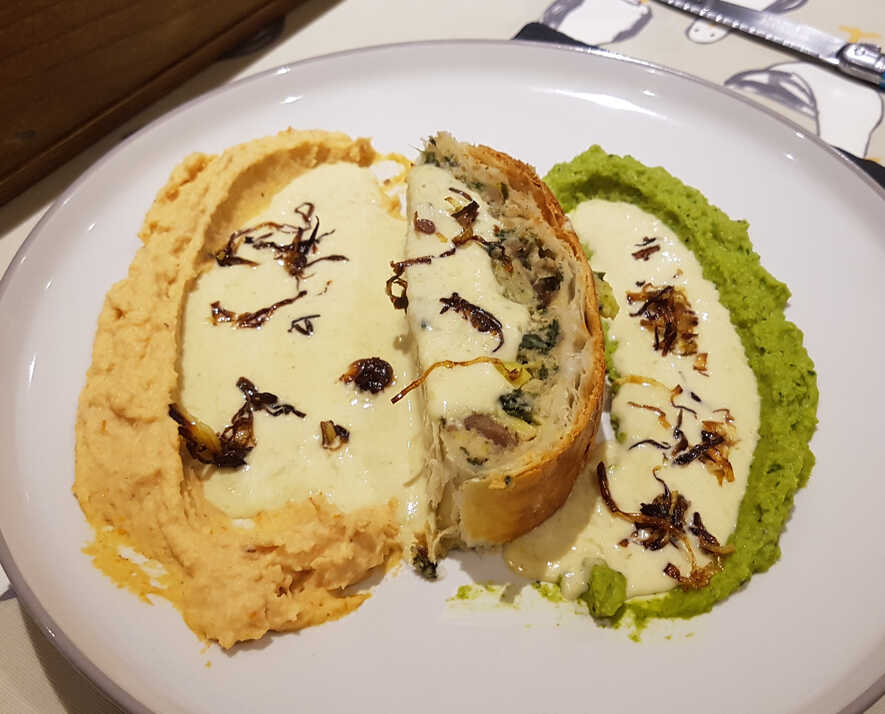
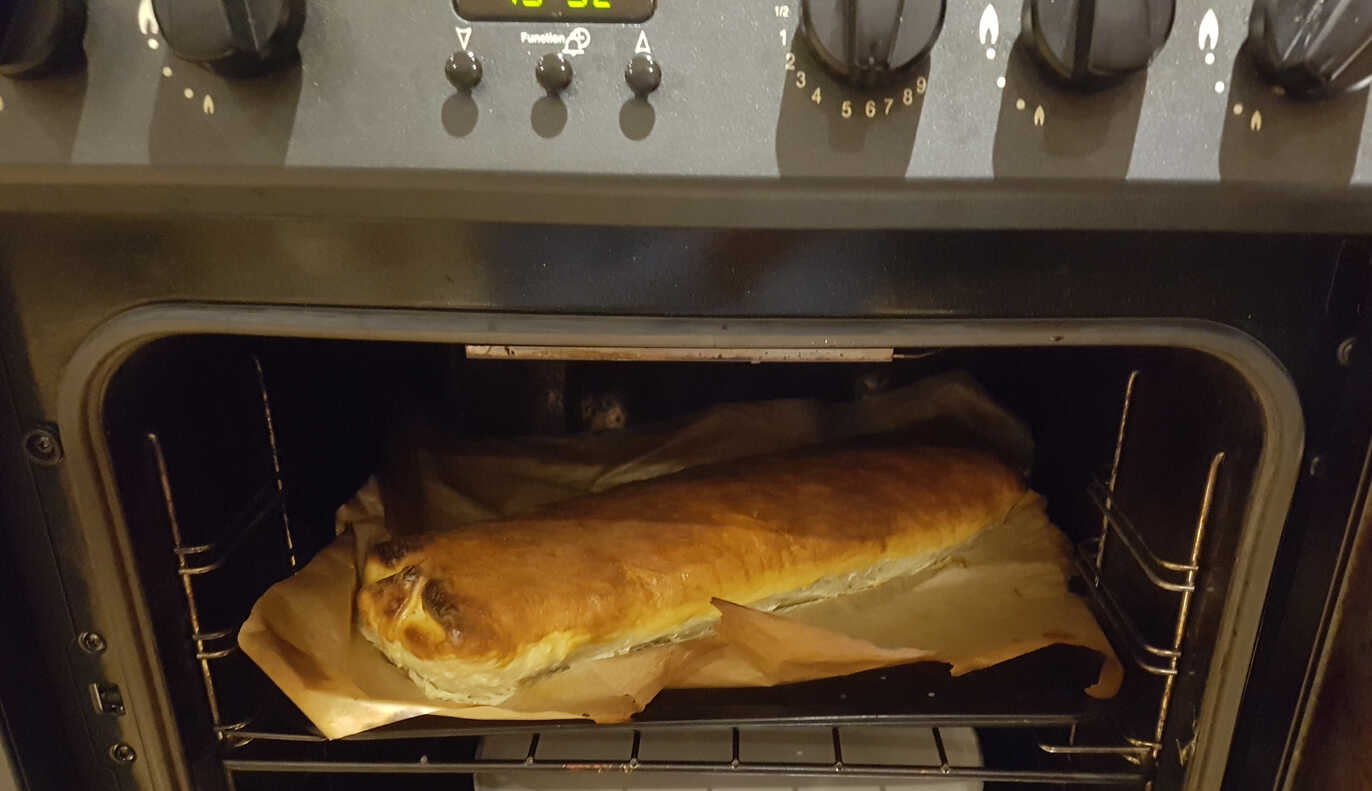
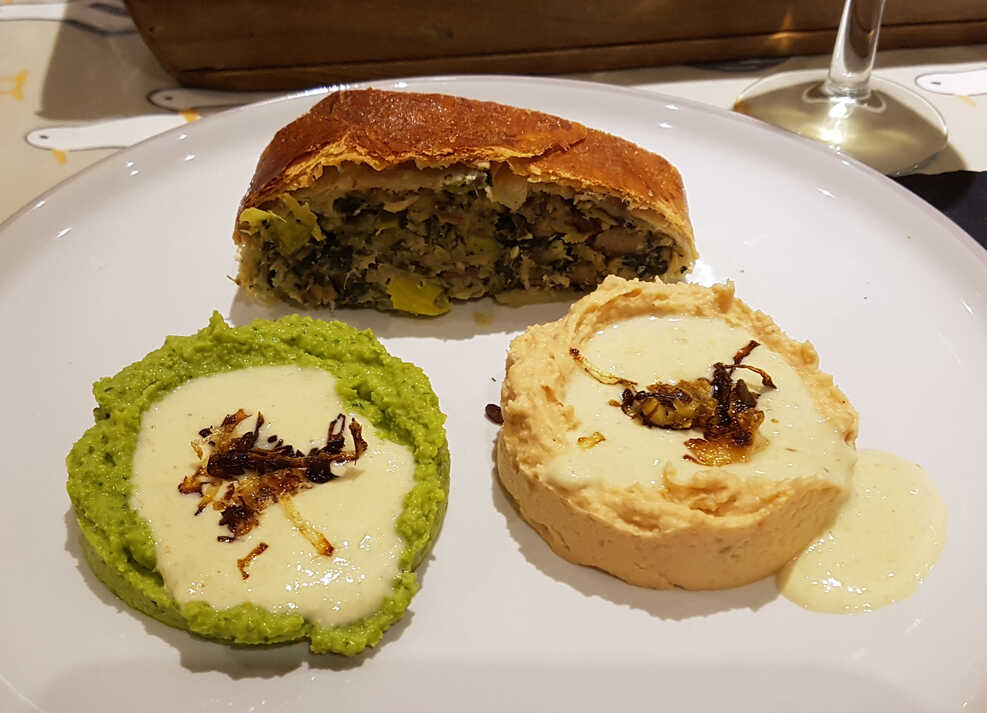

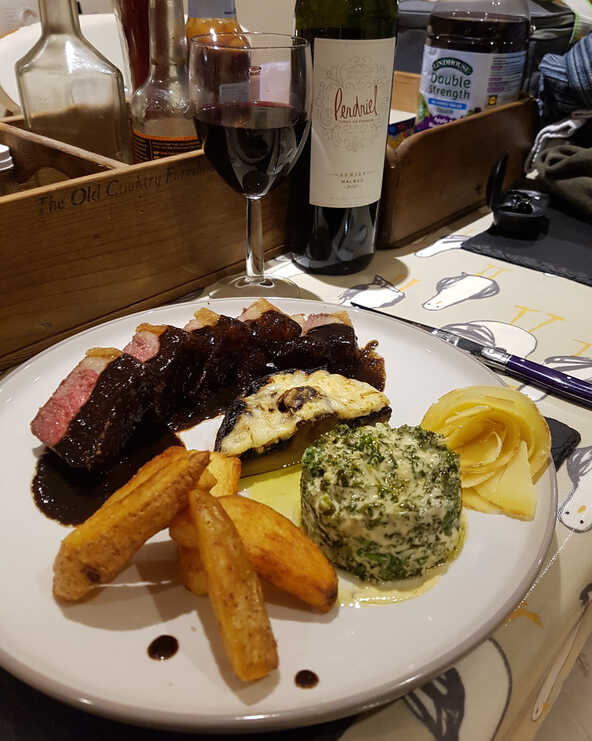
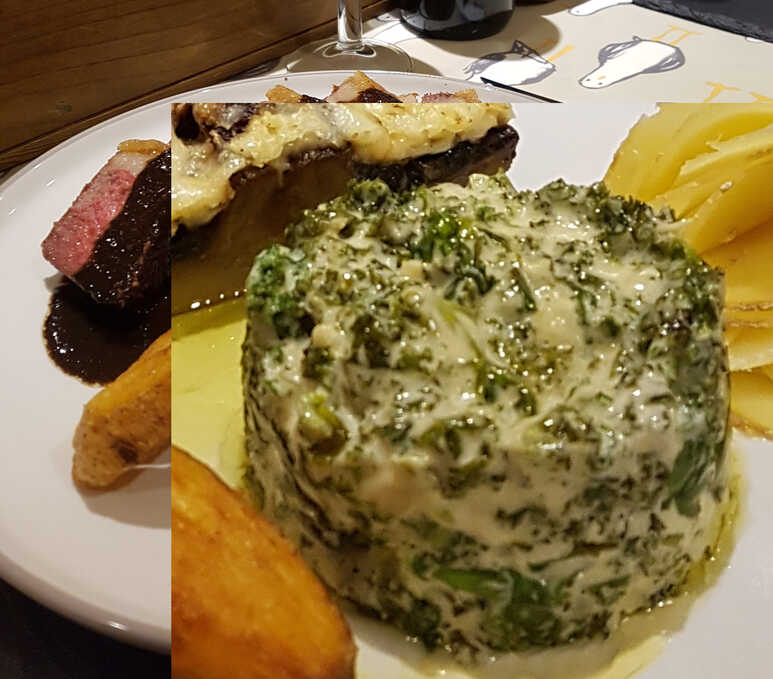
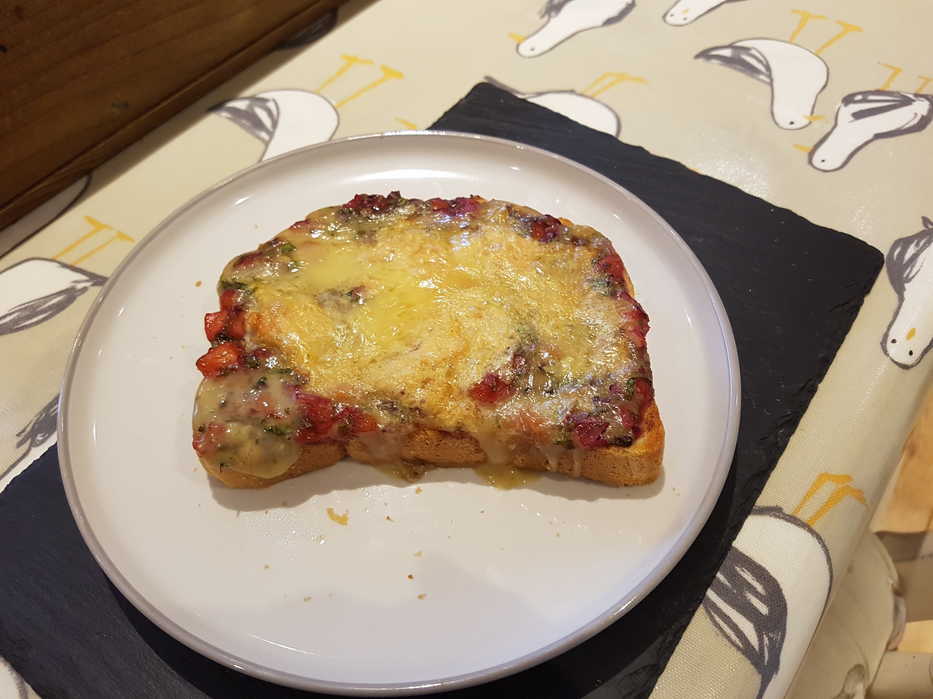
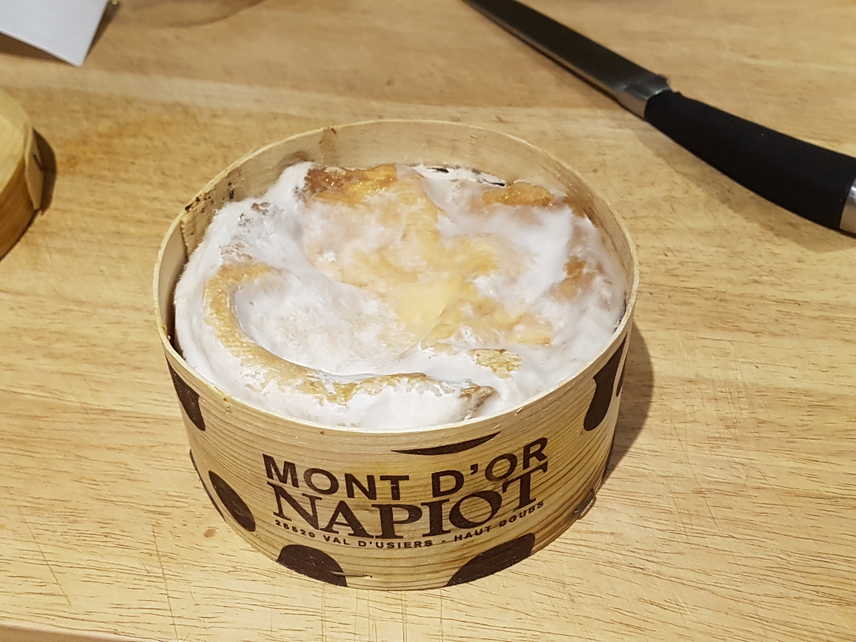
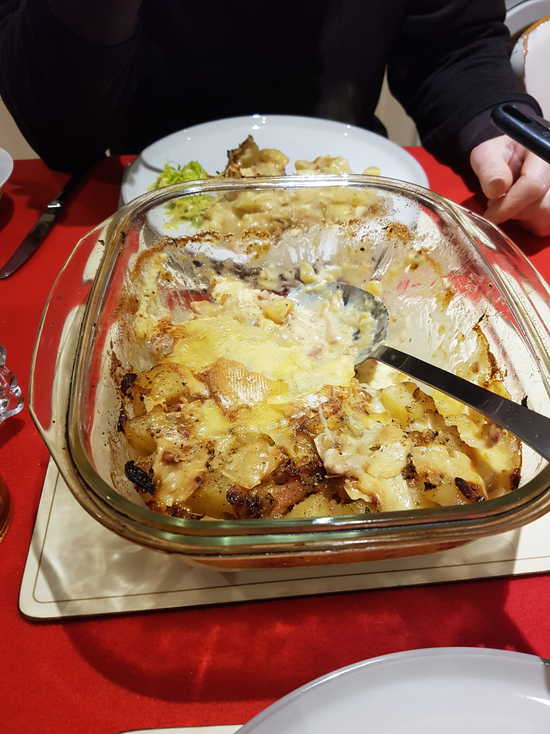



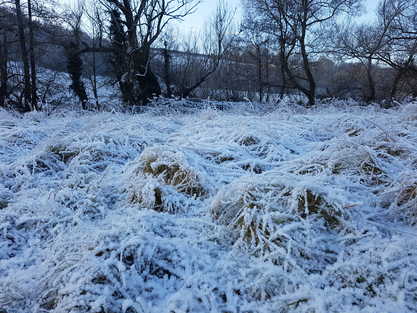
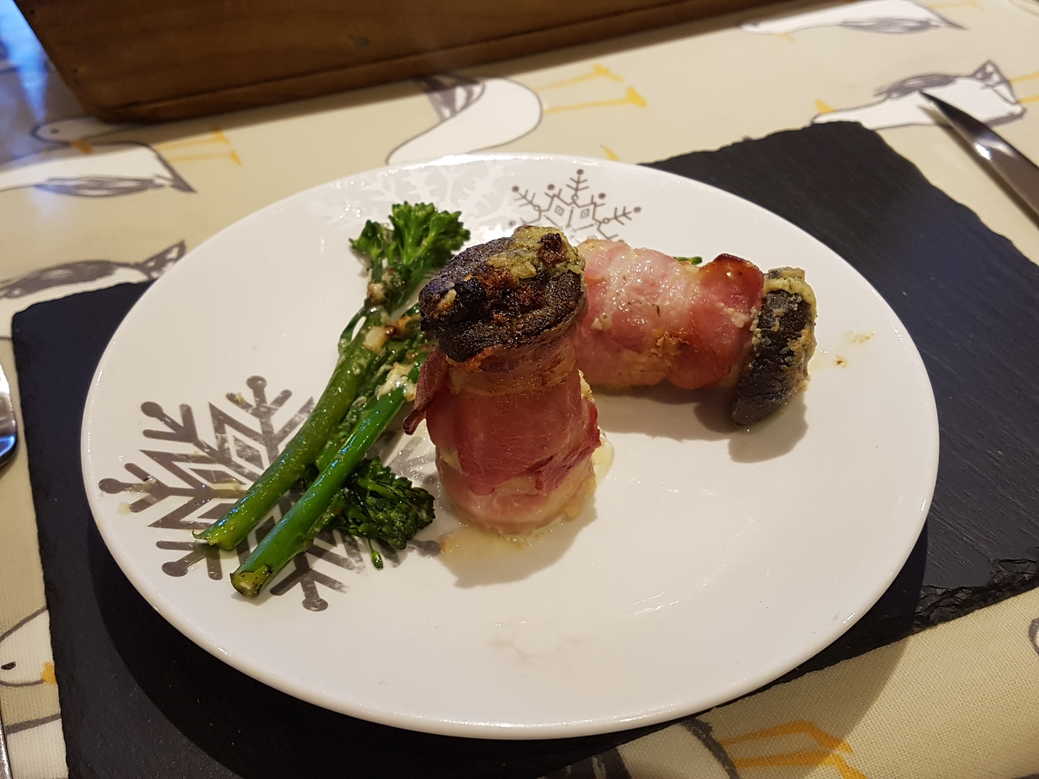
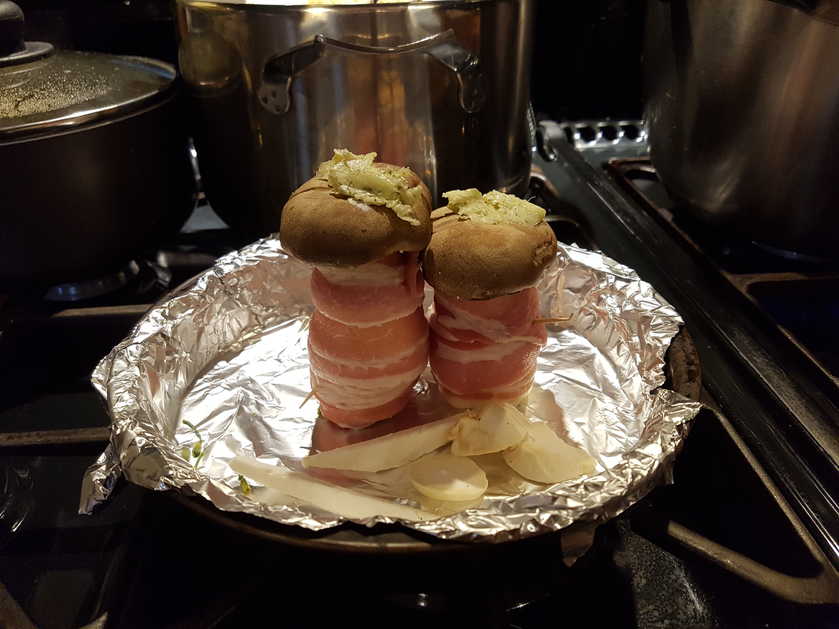
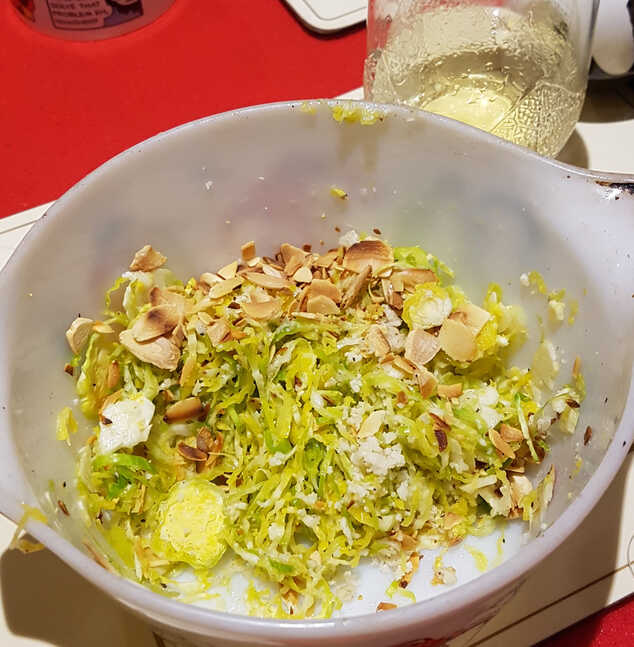
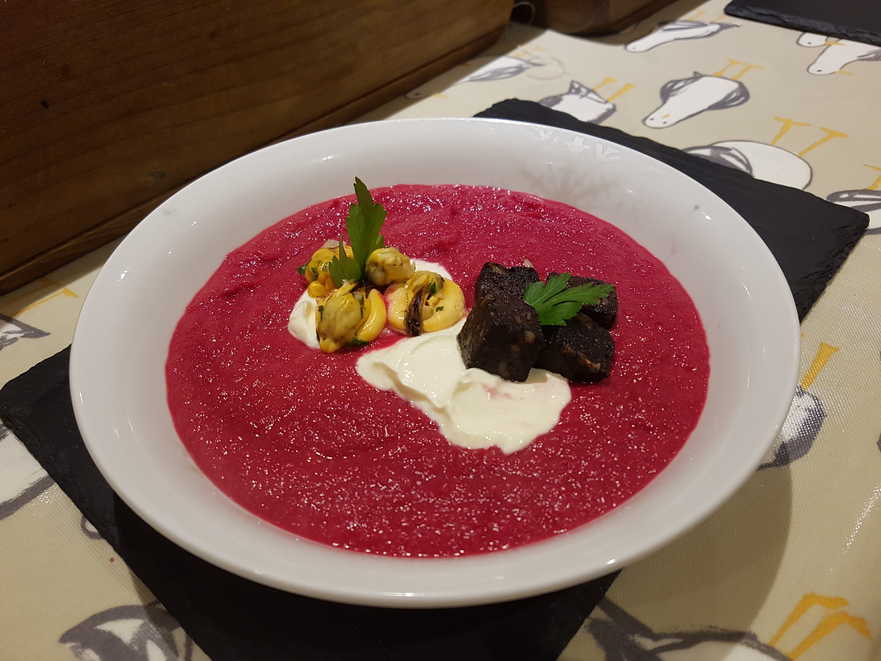

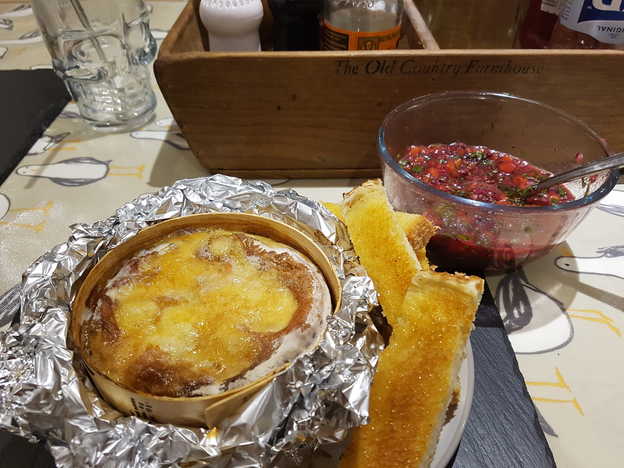

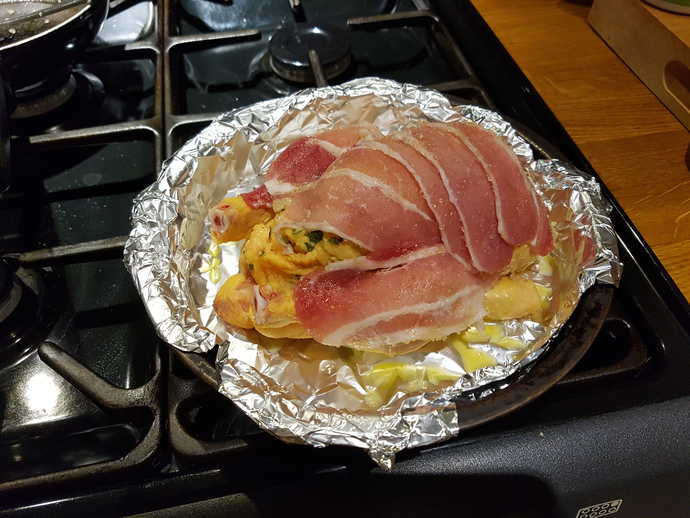


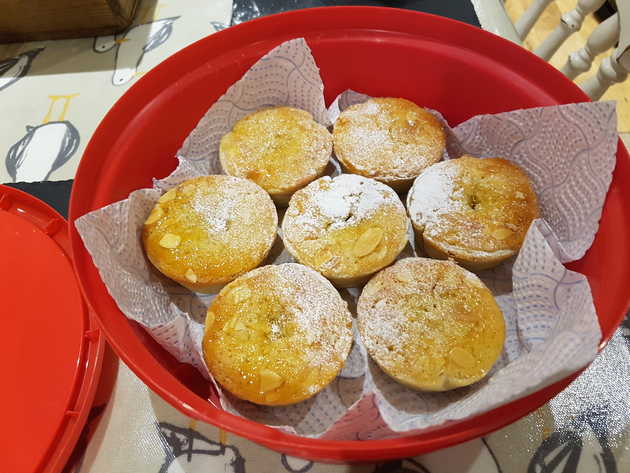

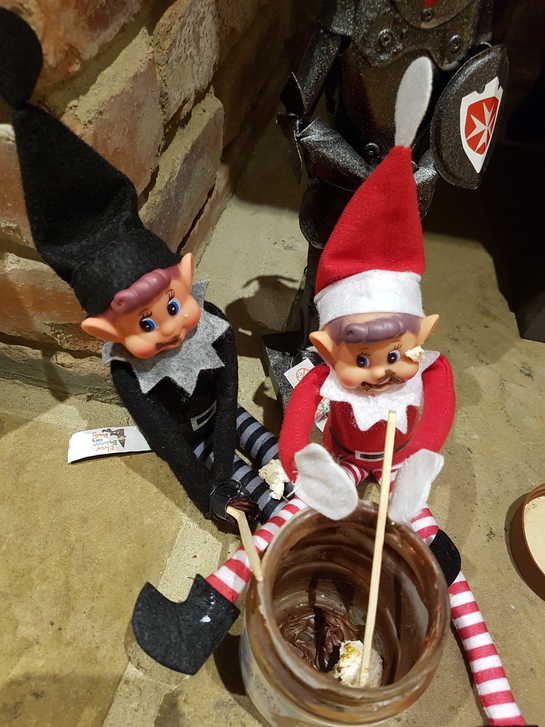
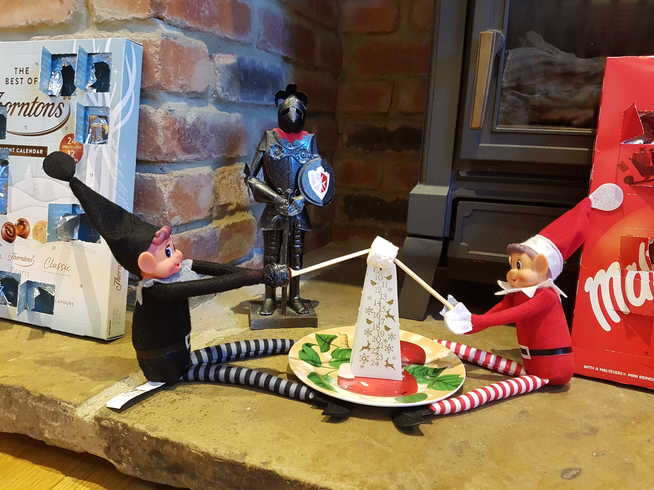







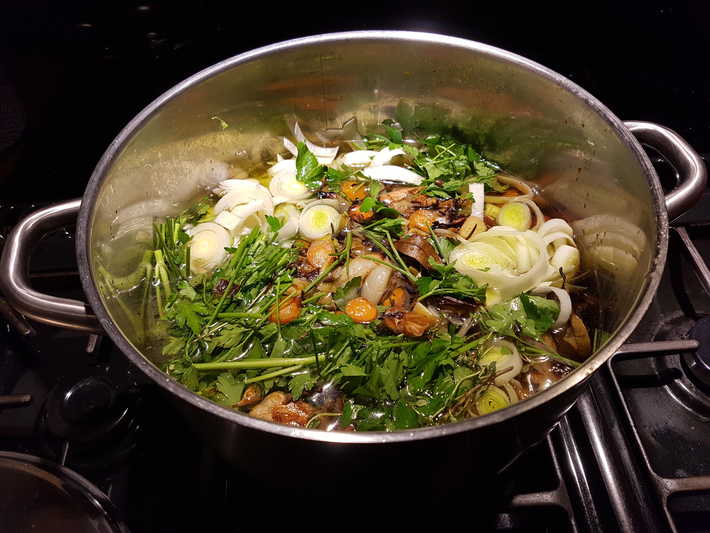

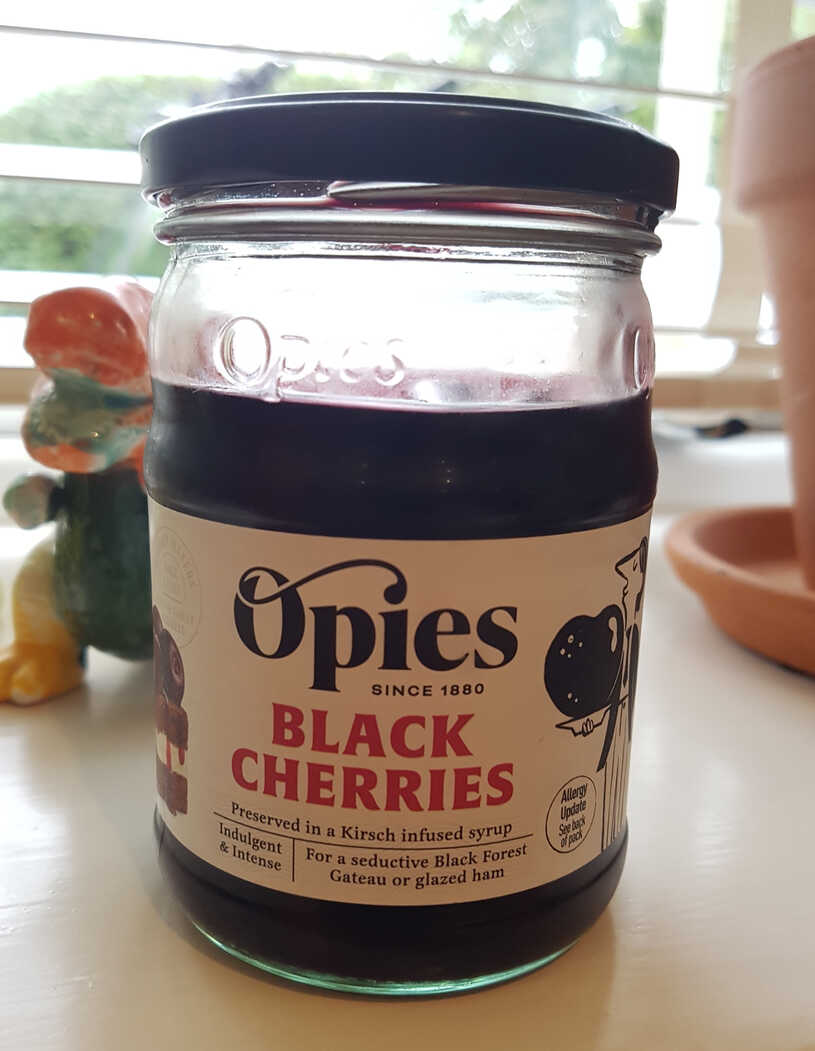

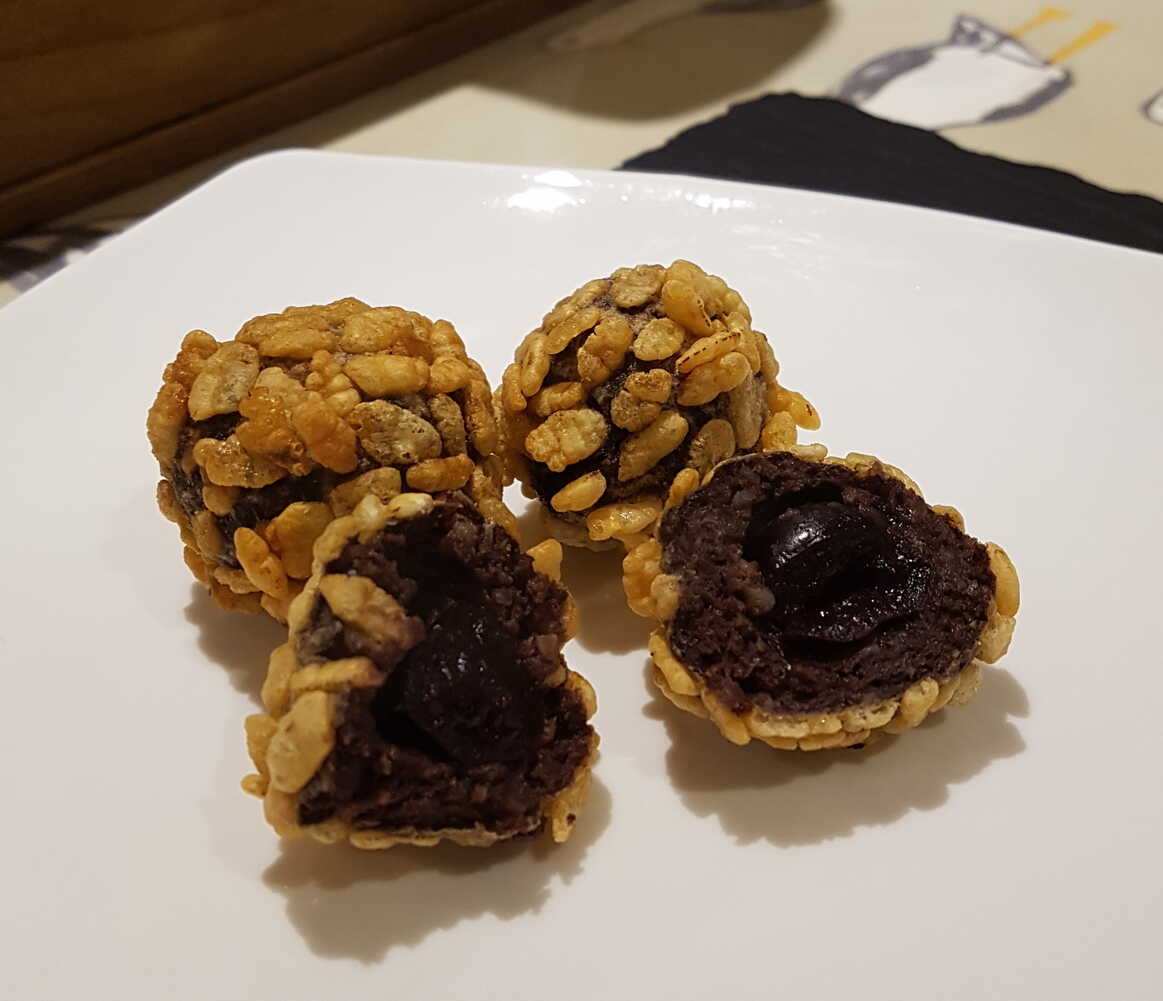





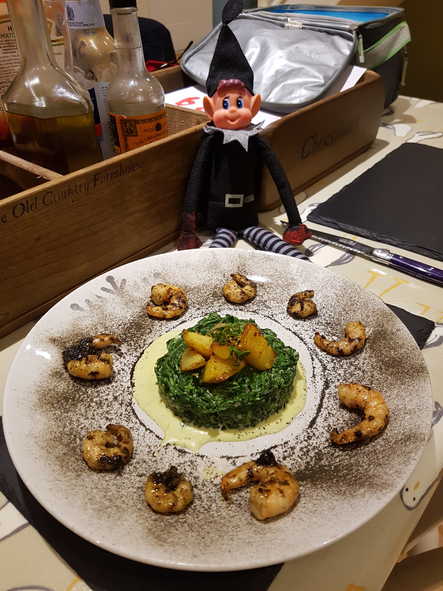
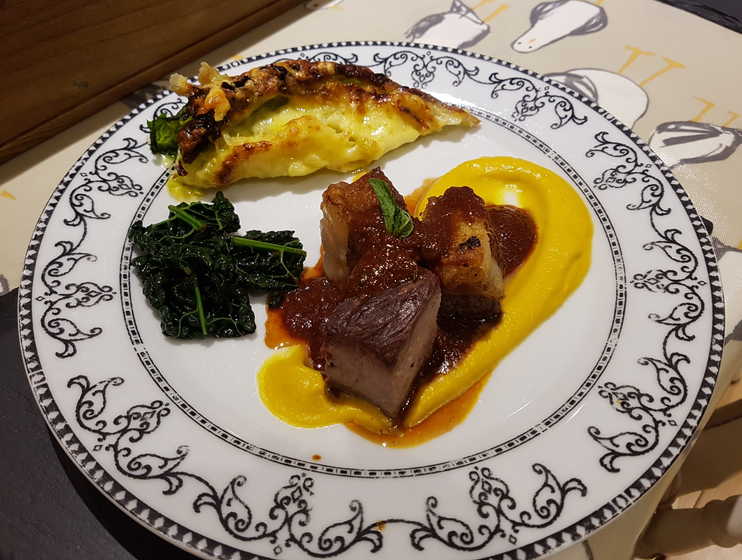





















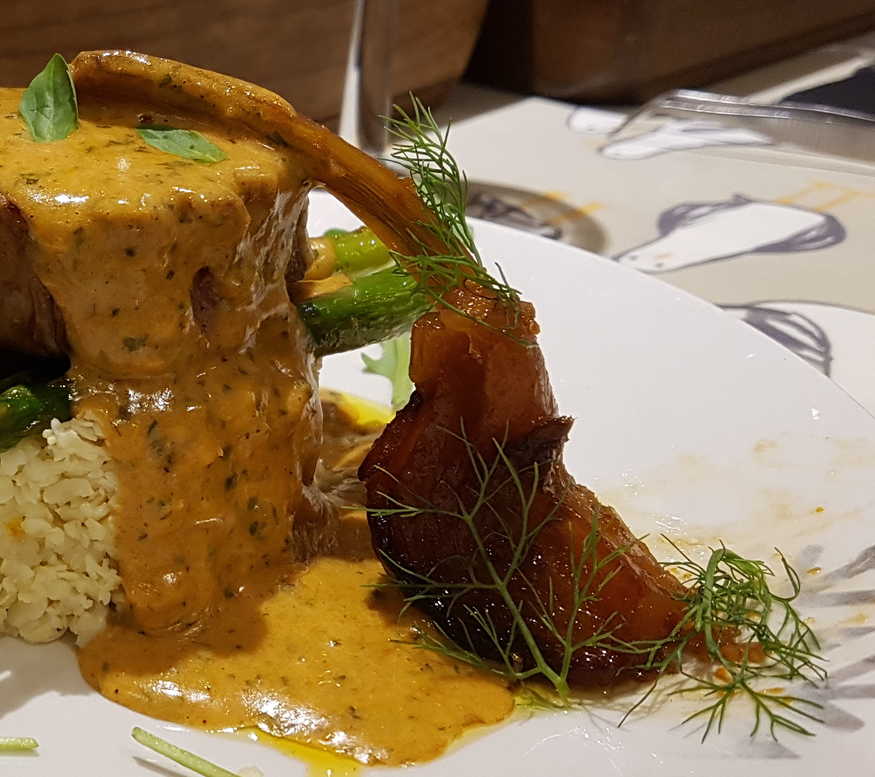
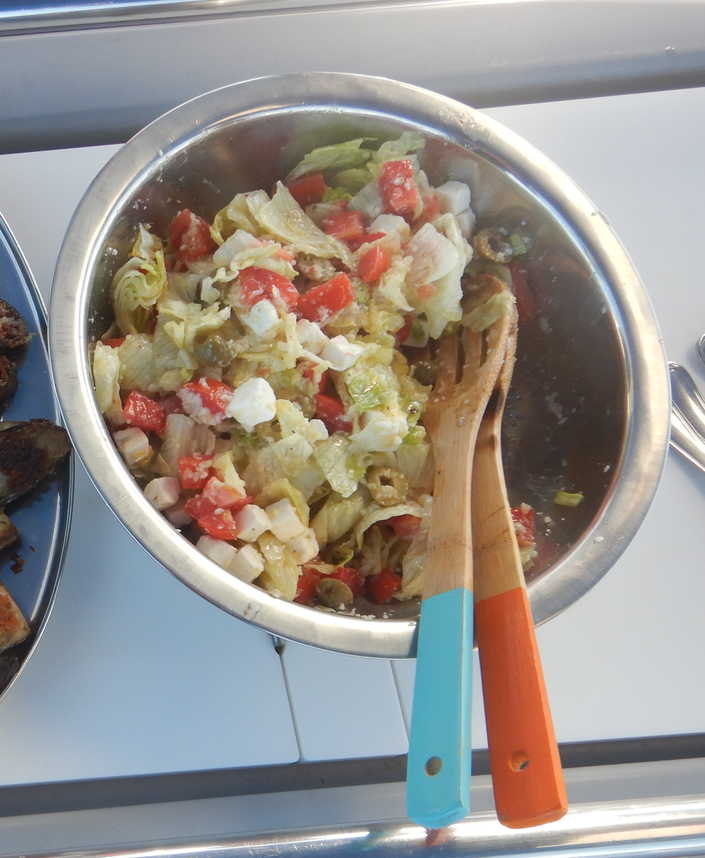
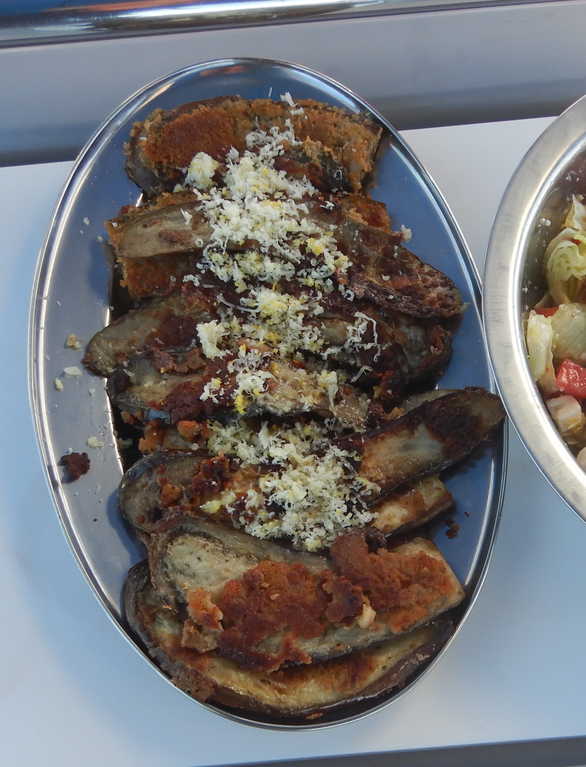

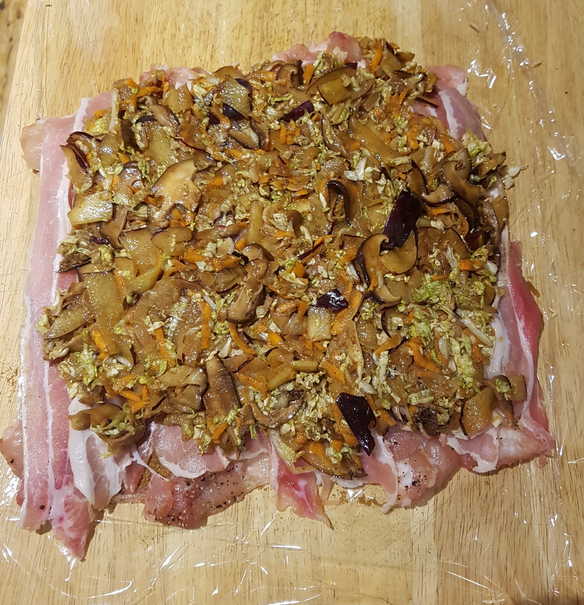






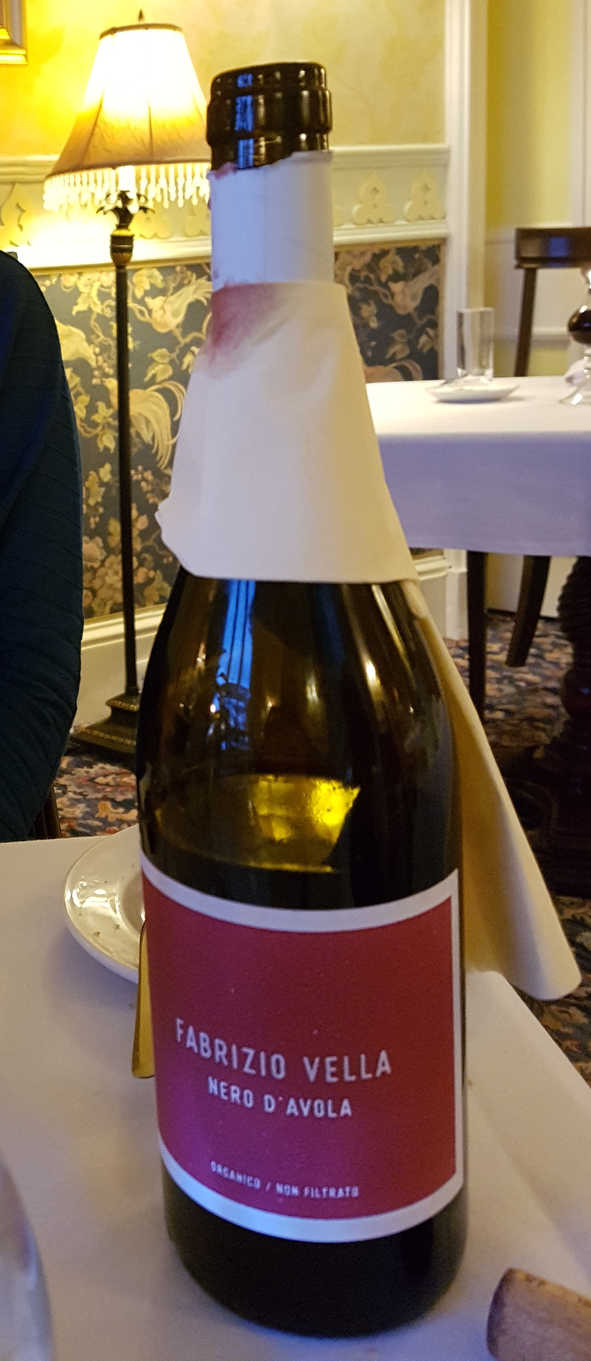



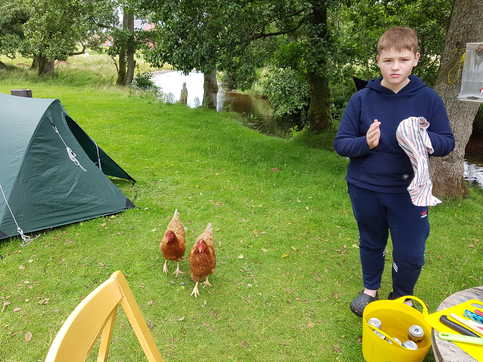

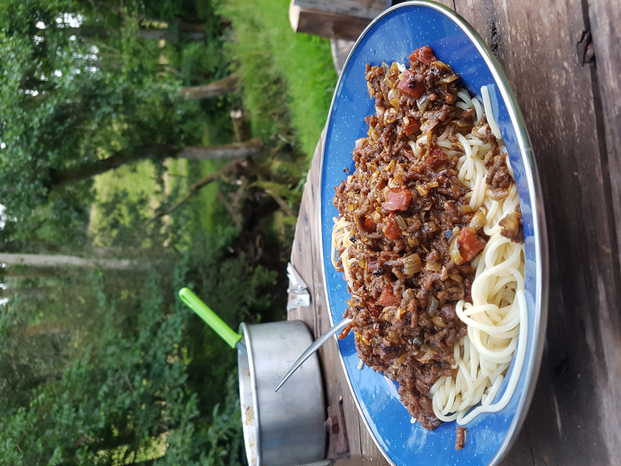


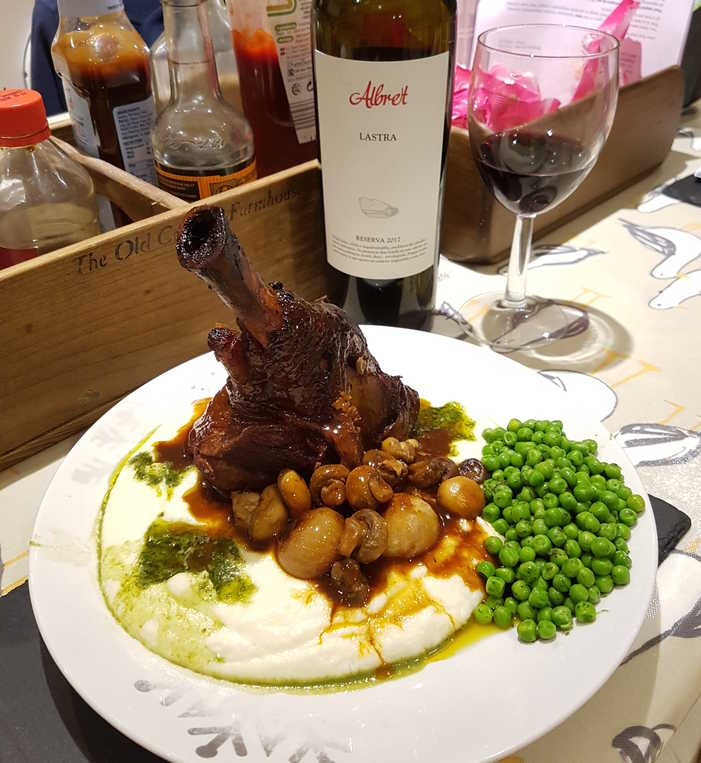
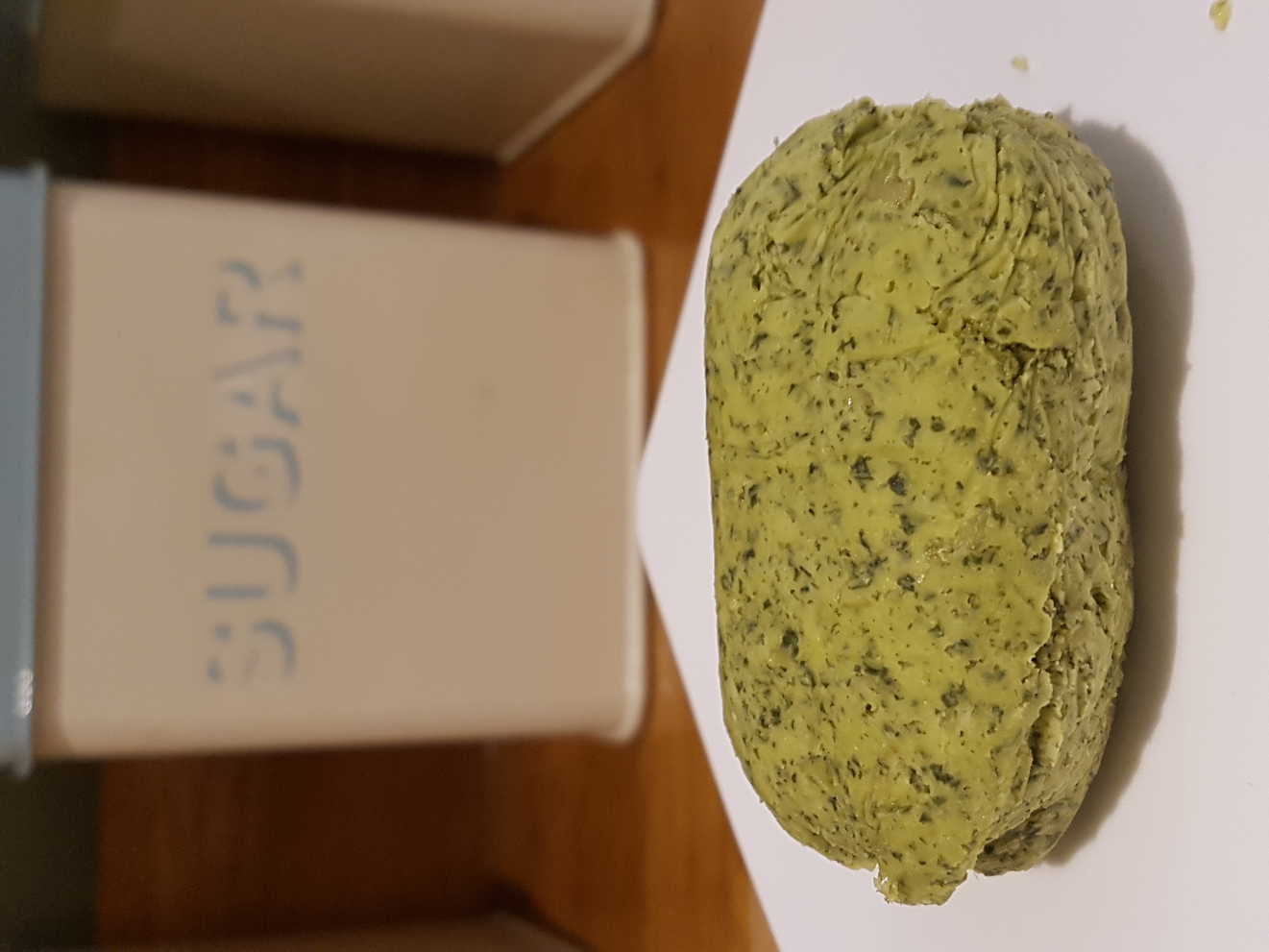
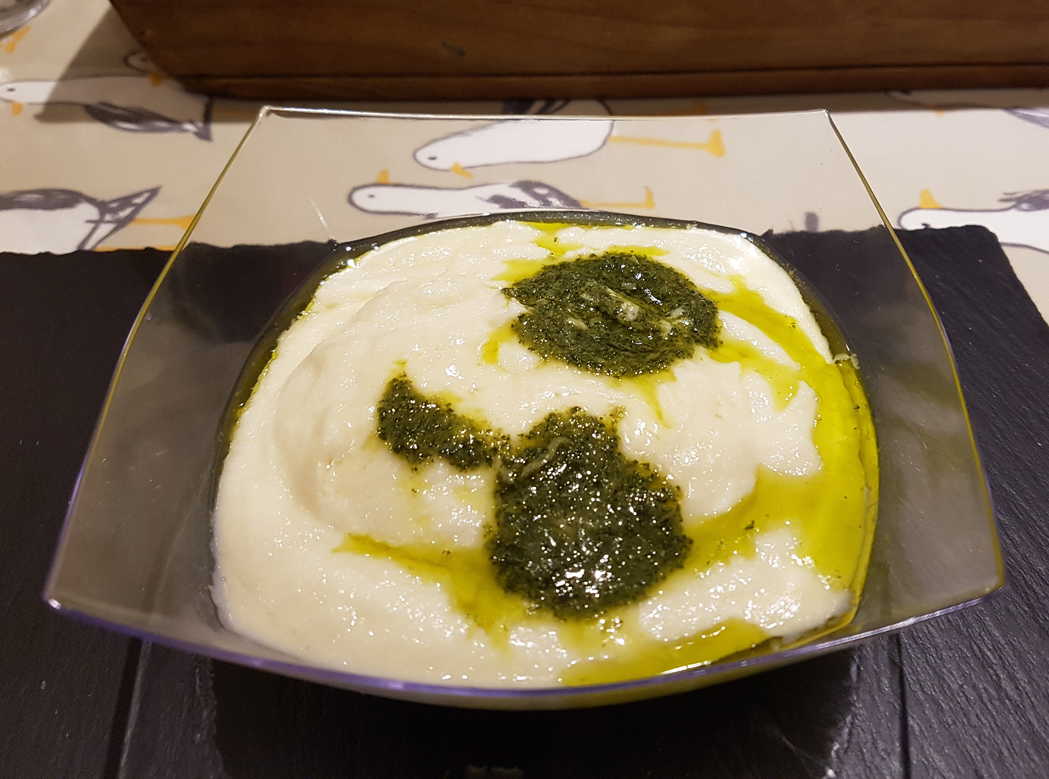
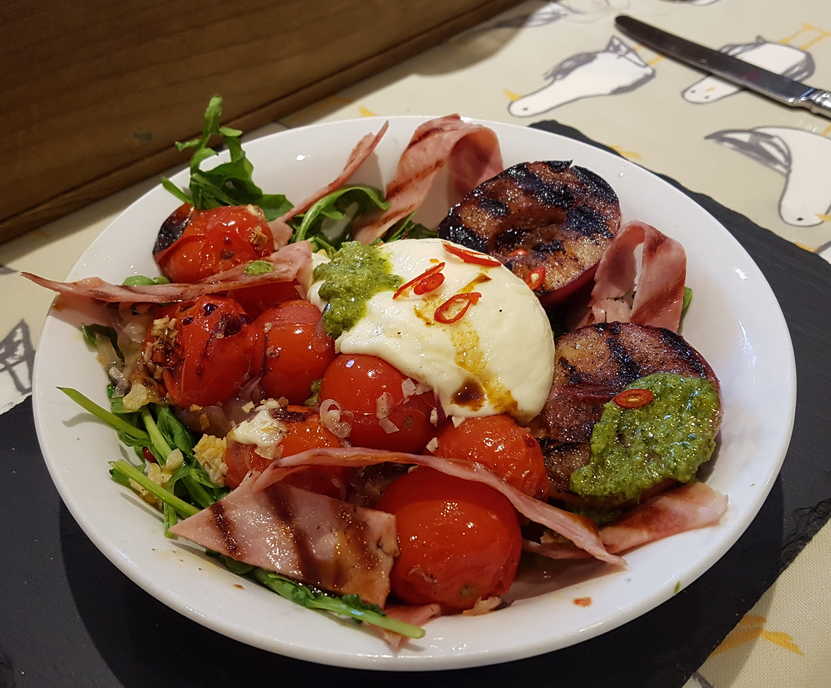
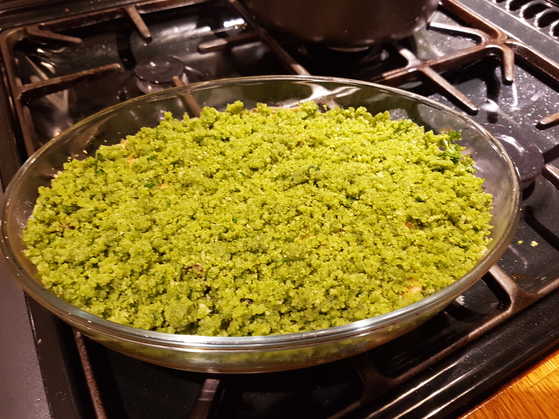
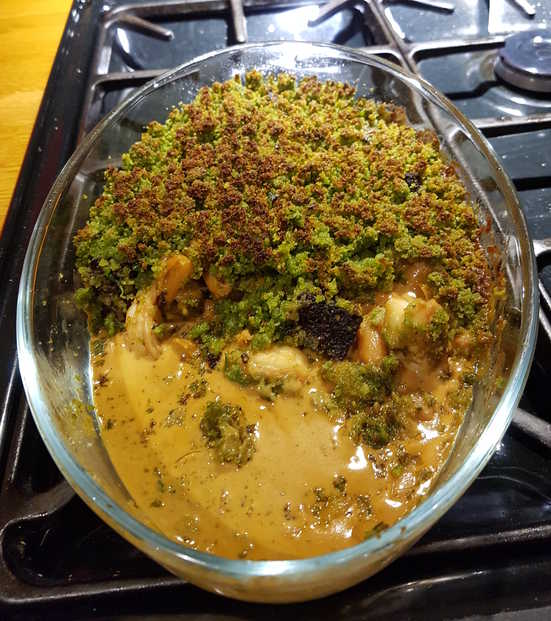
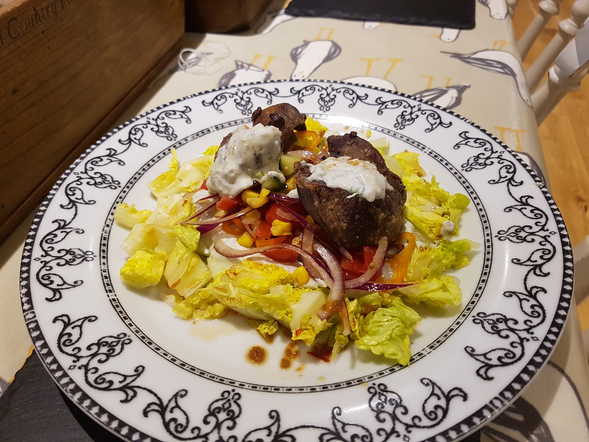
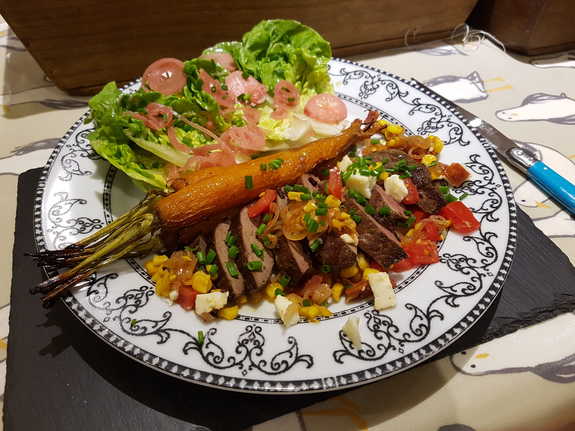
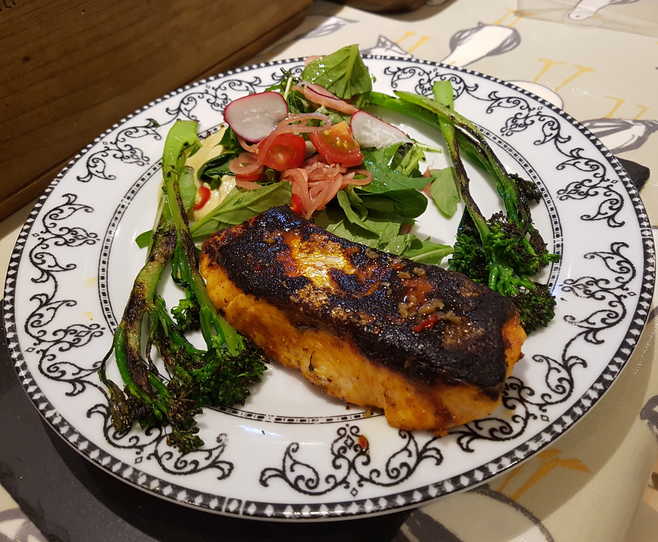
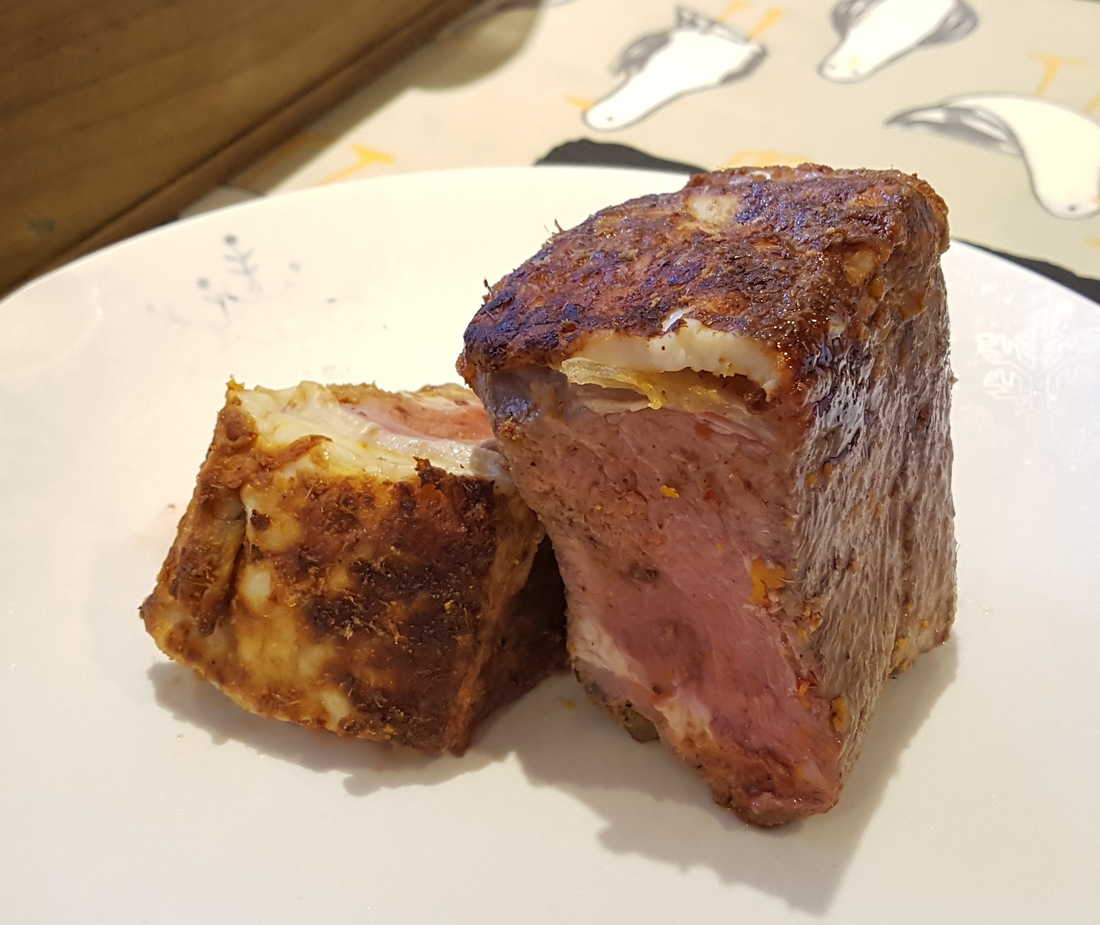
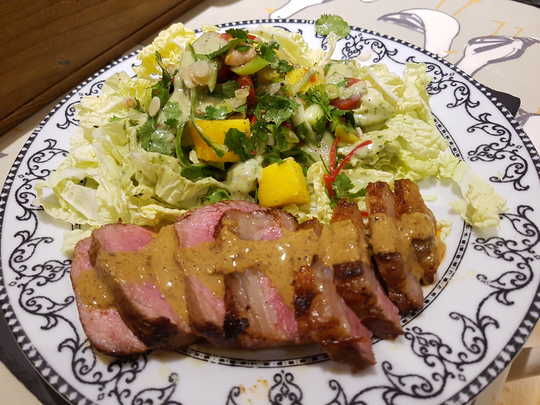
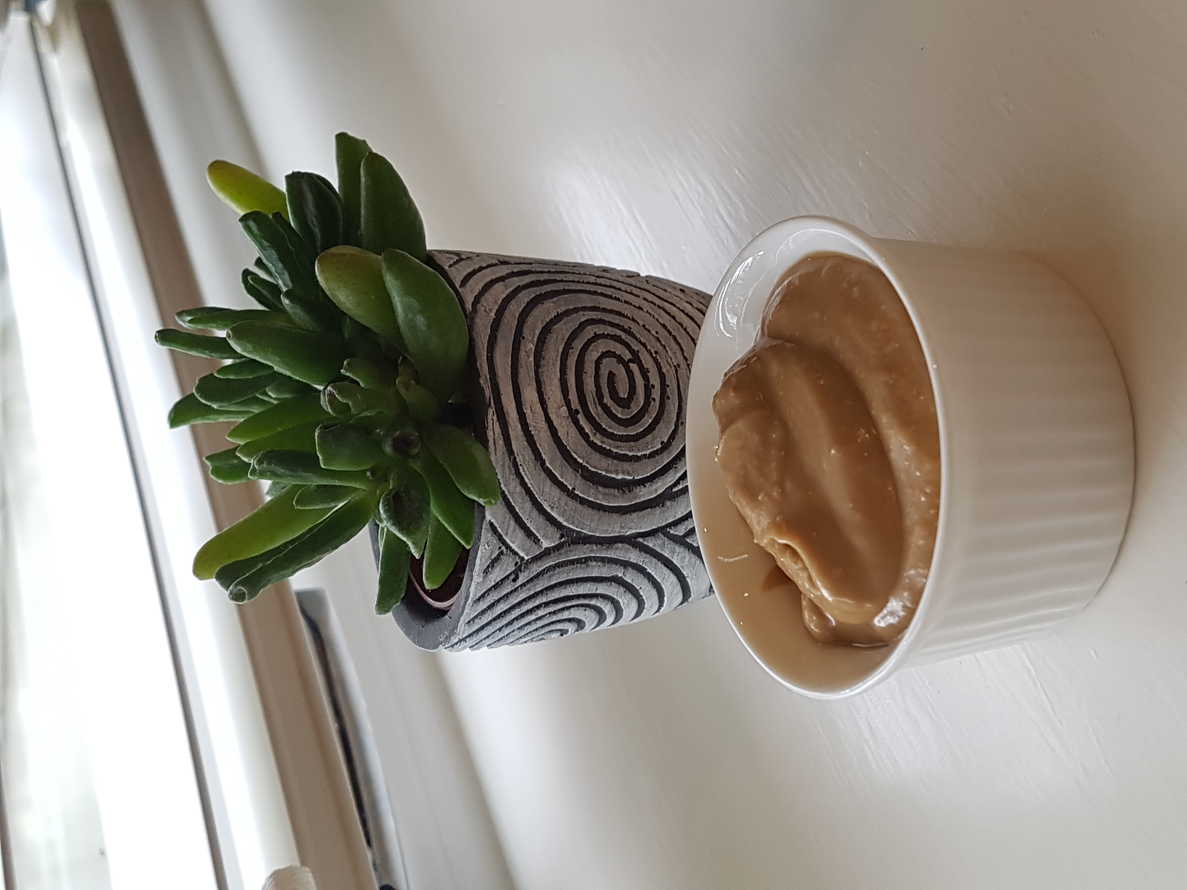
Don't just blend in all the cornflour - better to make a slurry first with a little water, then add only as much as required to achieve your preferred consistency.